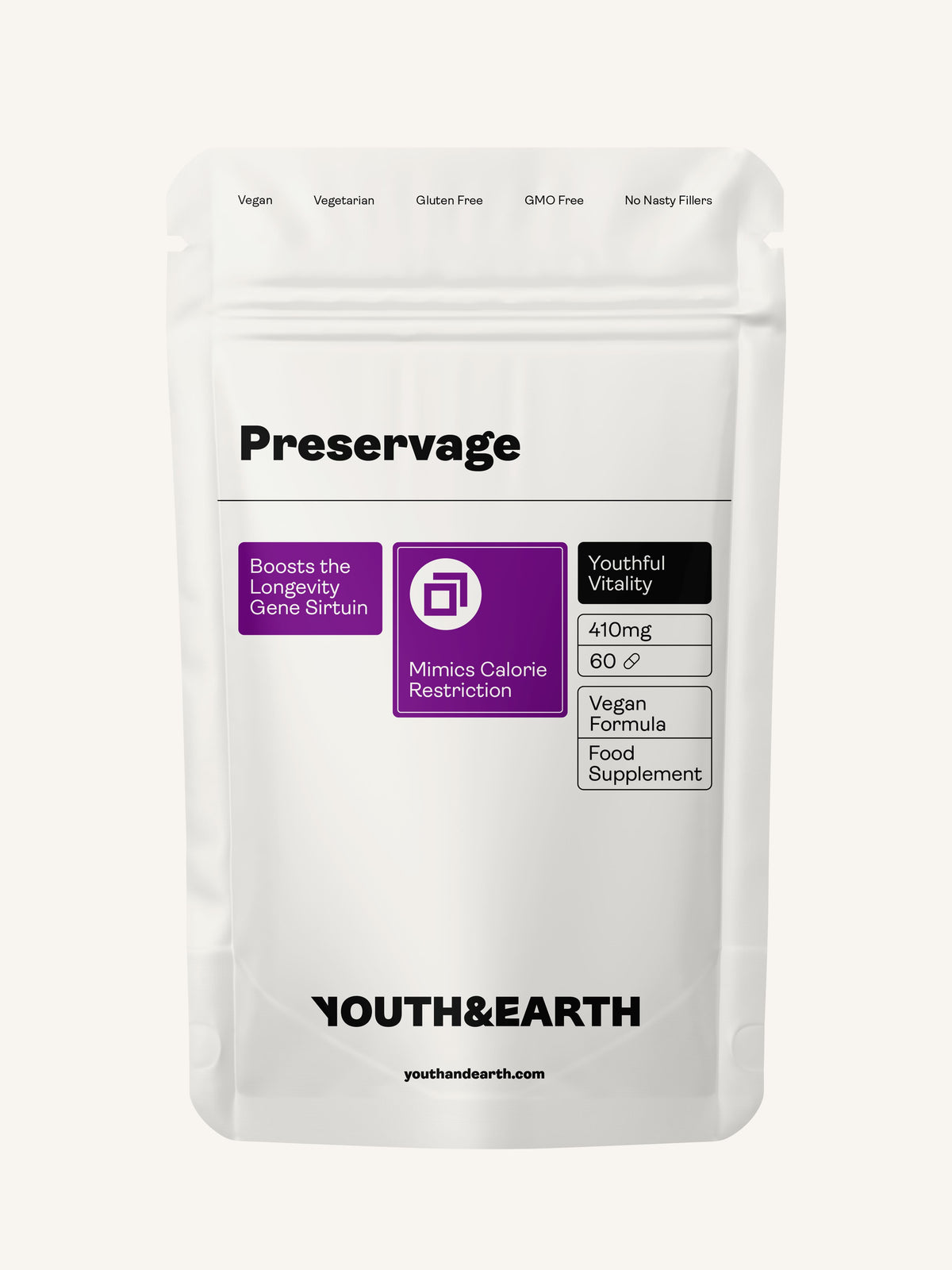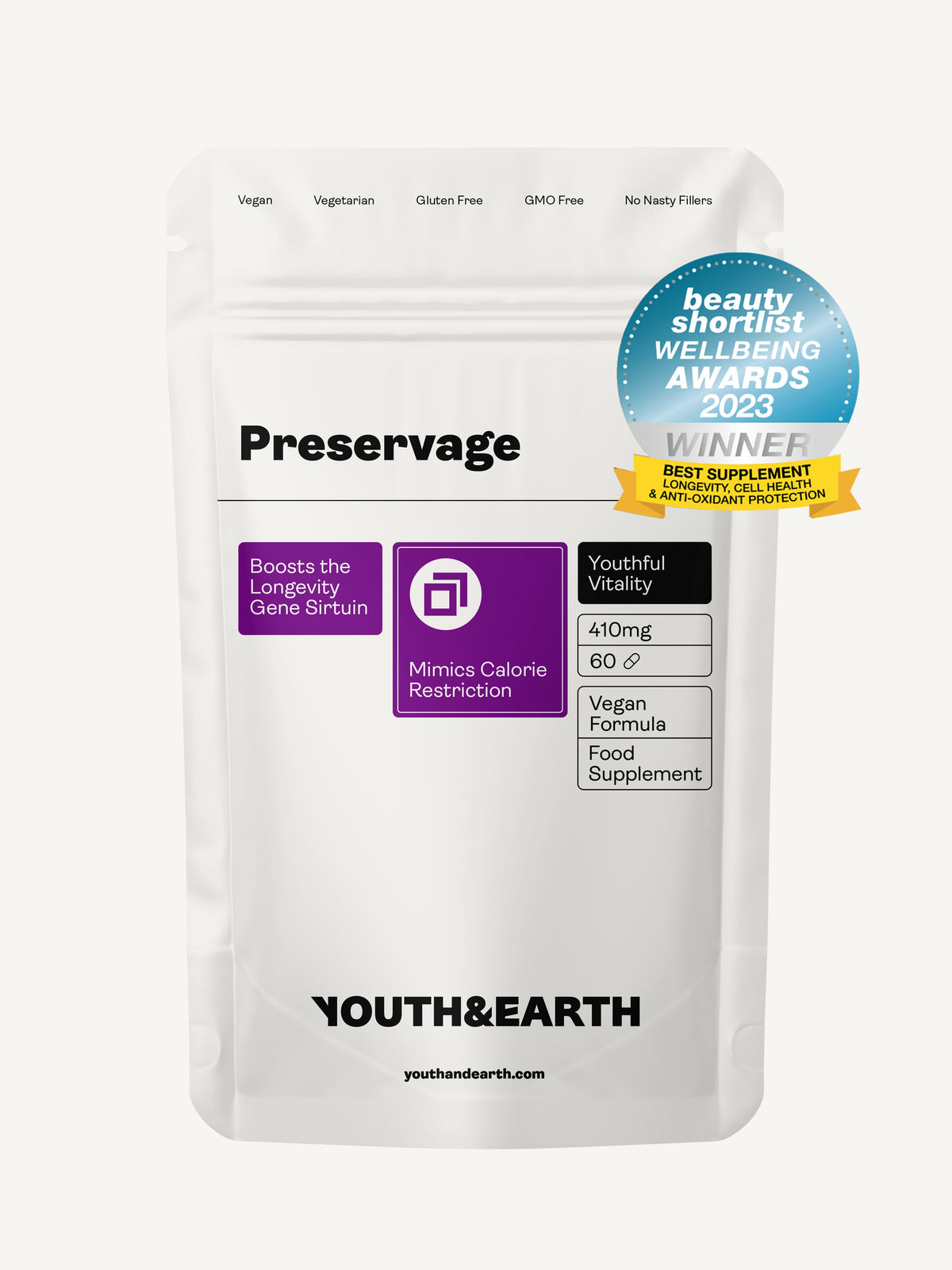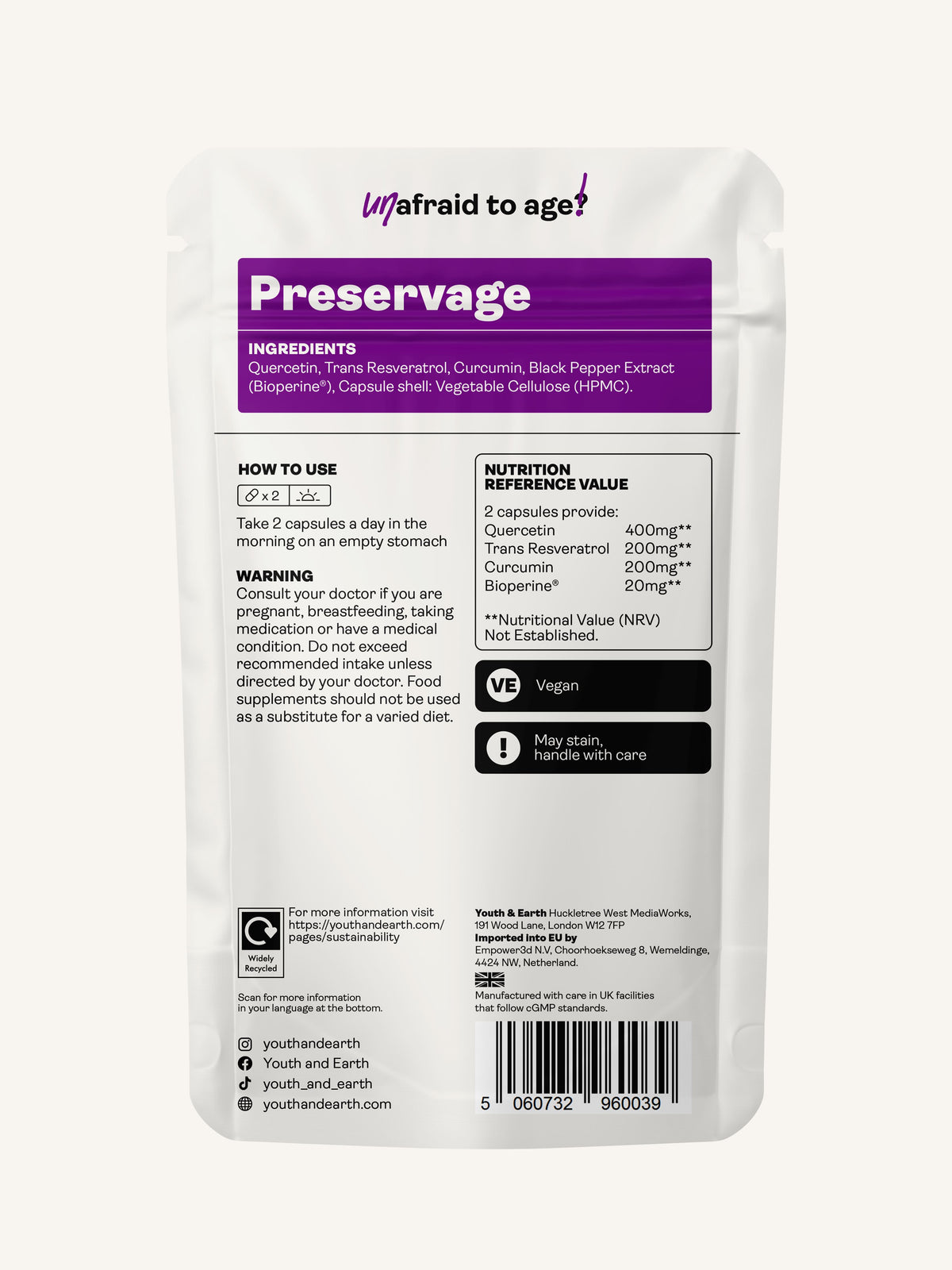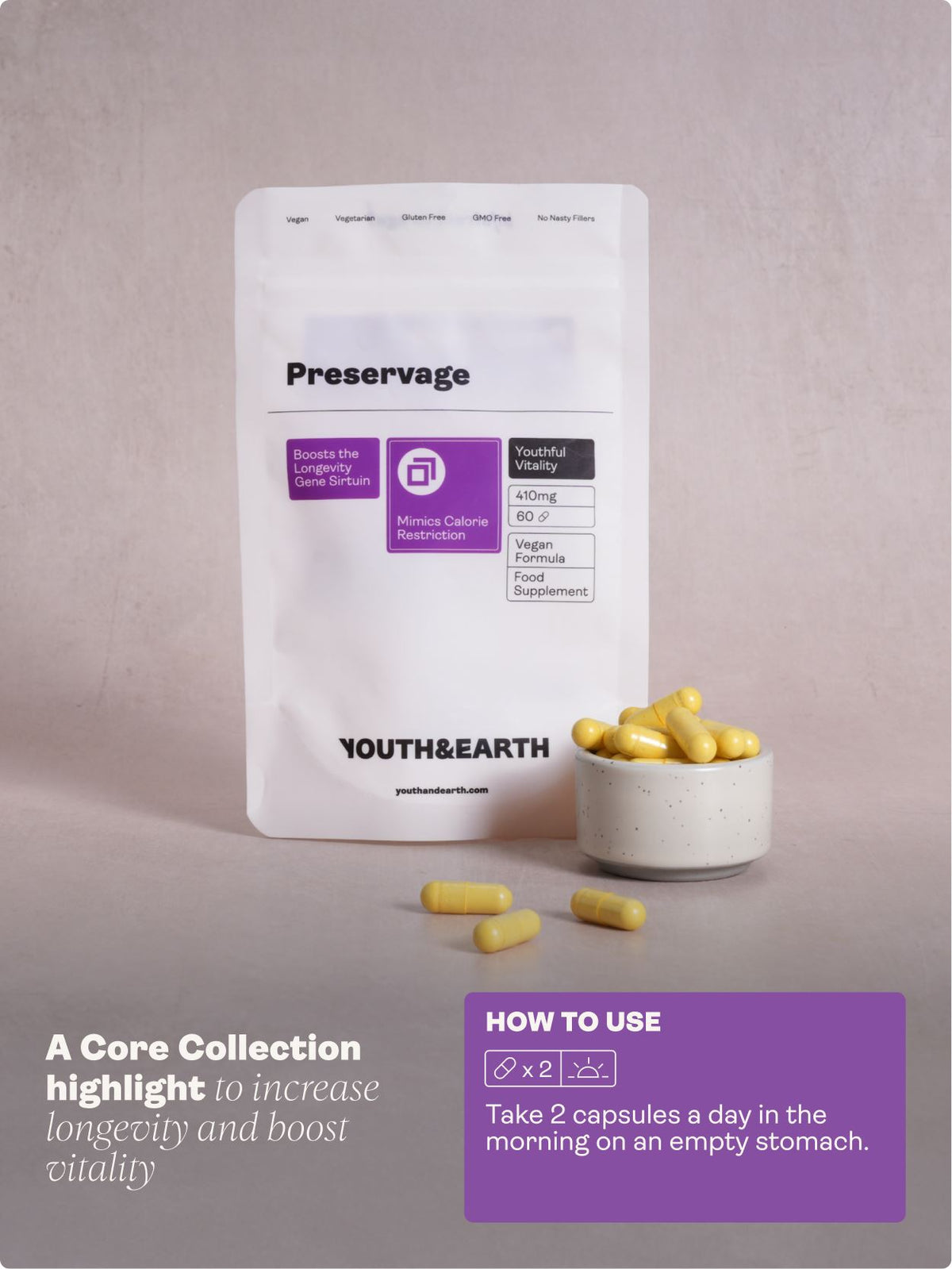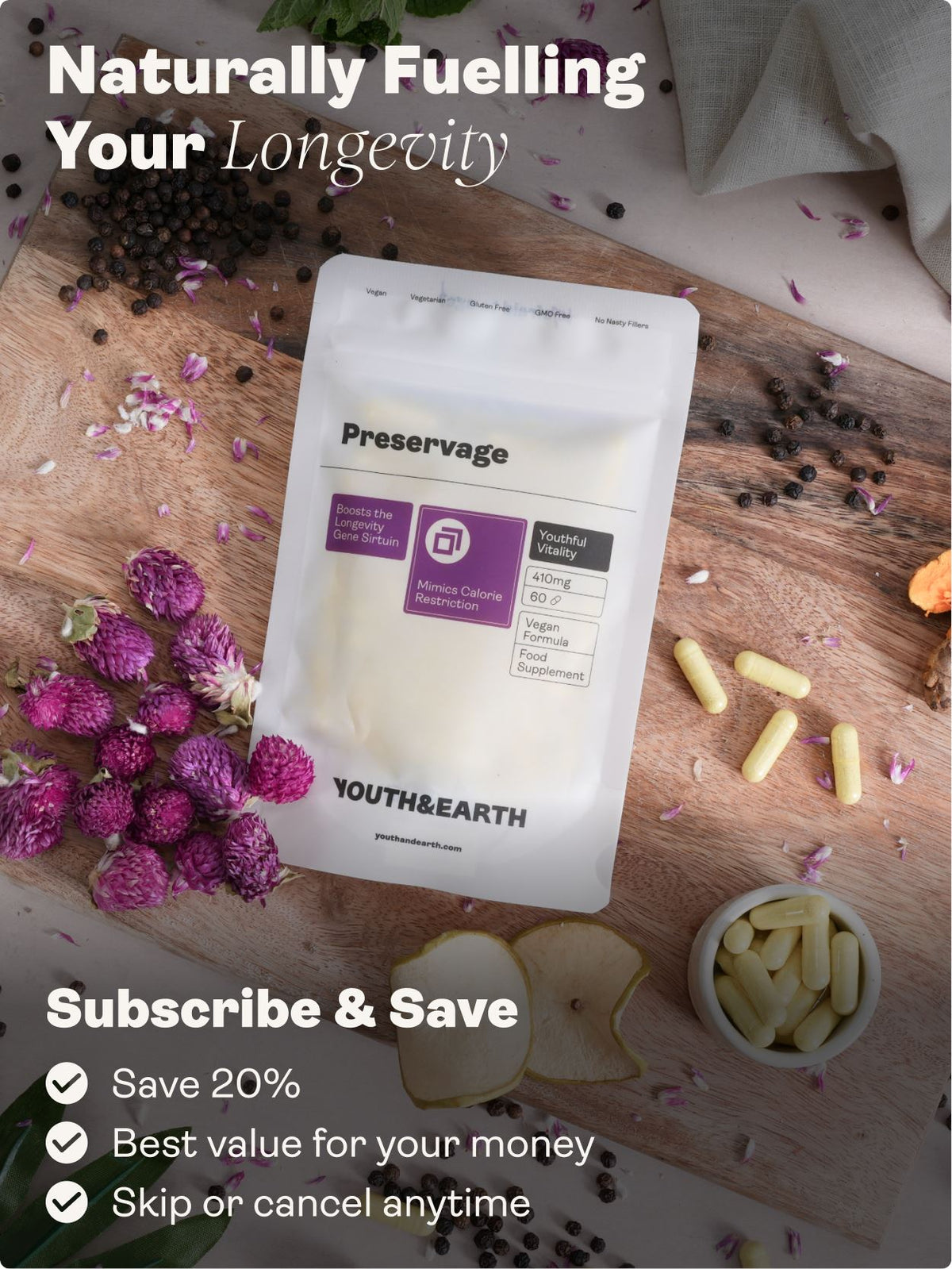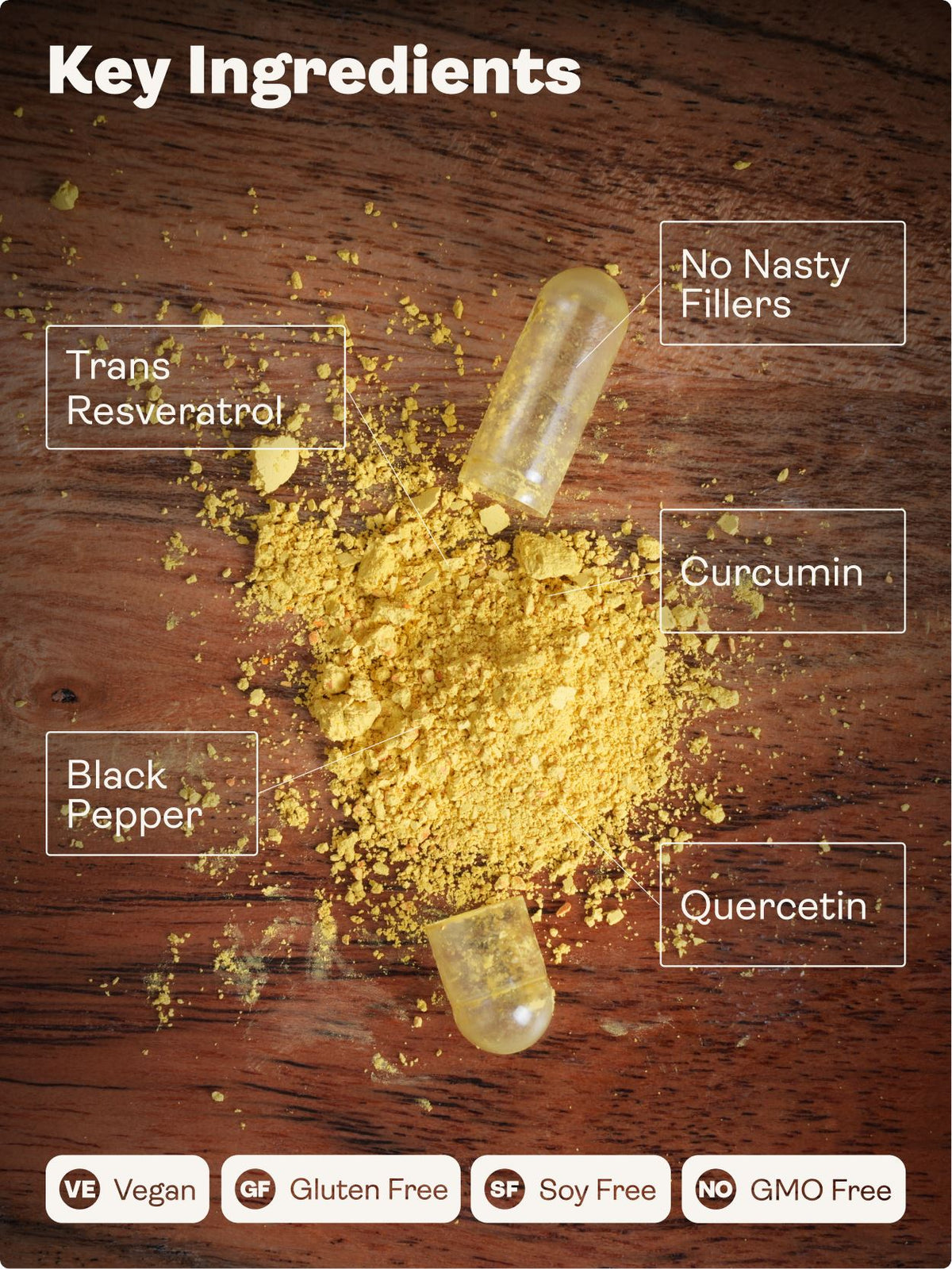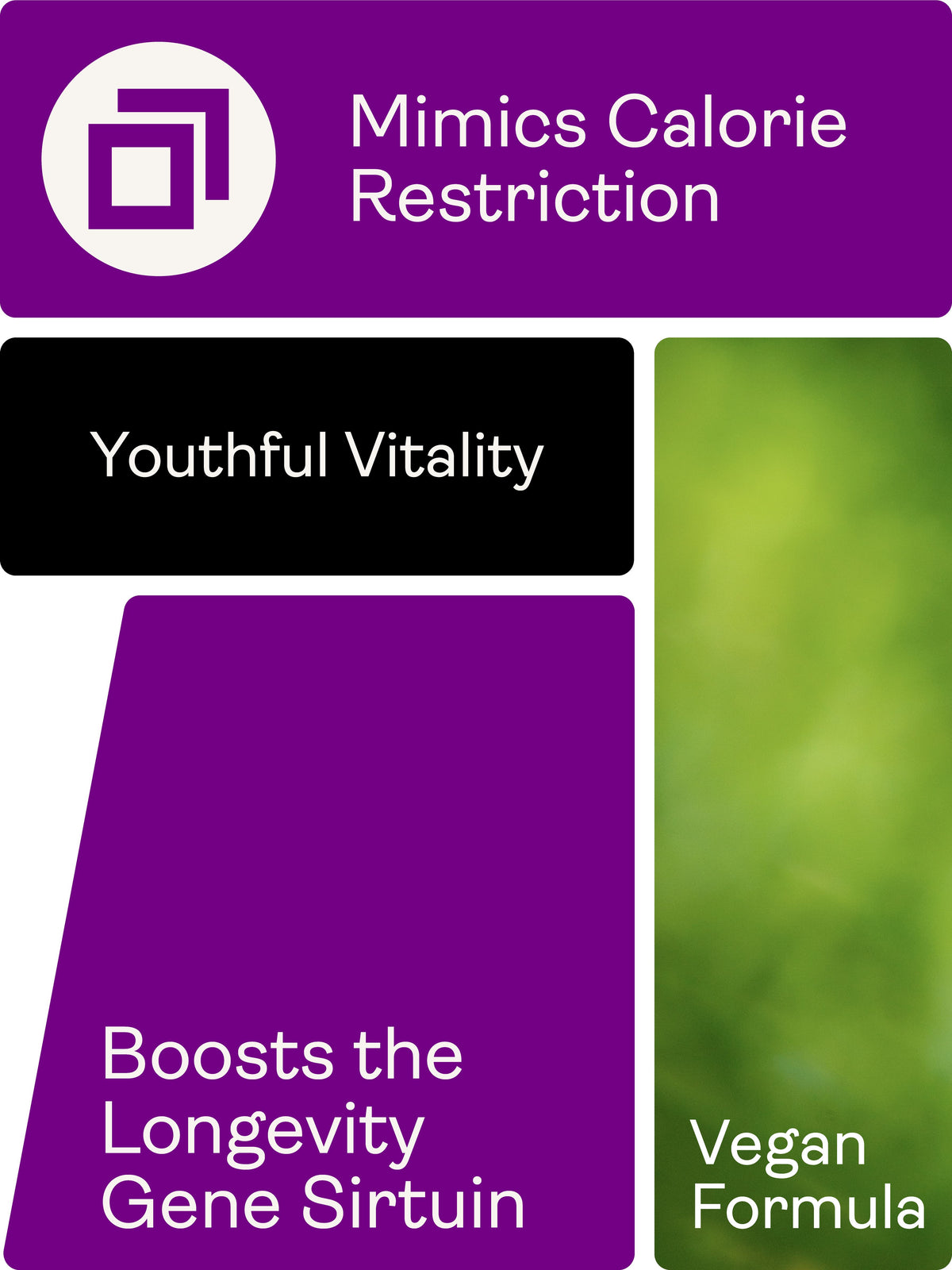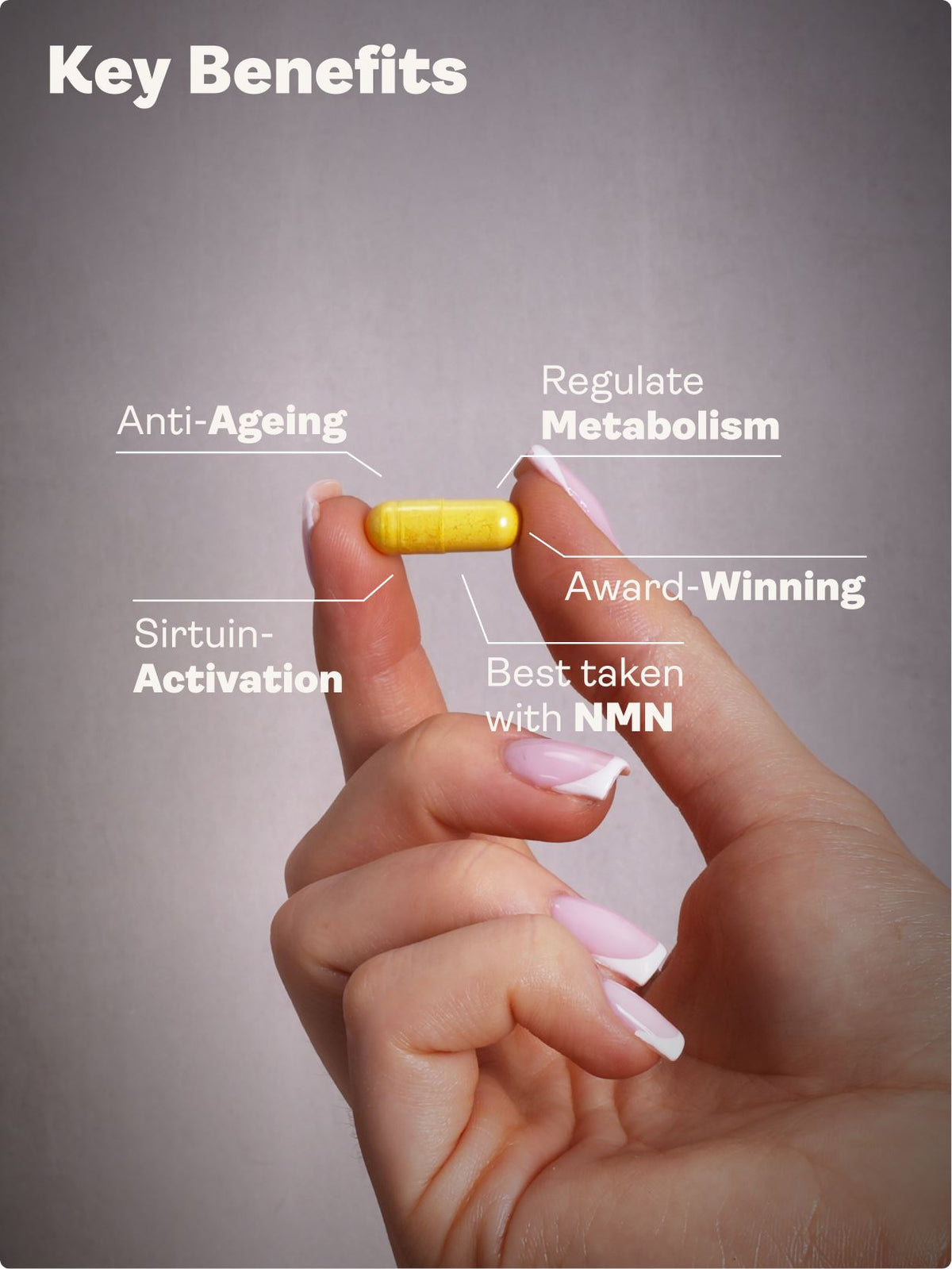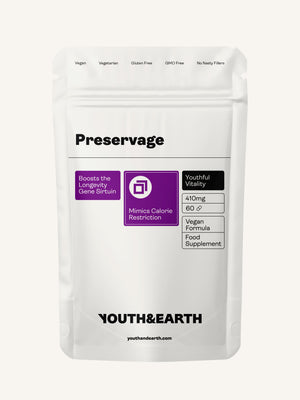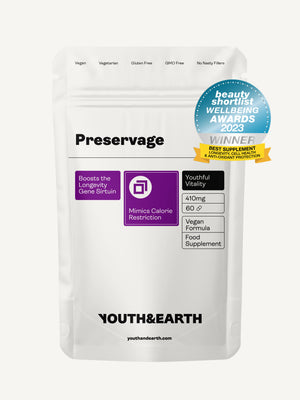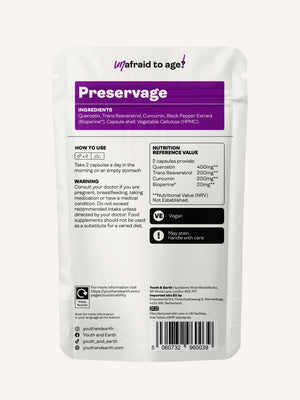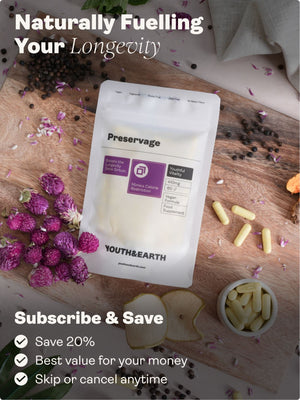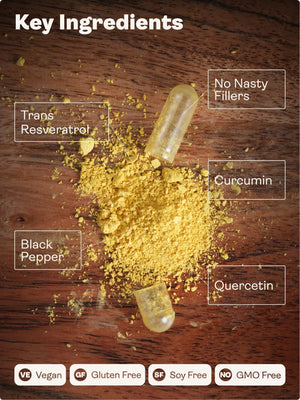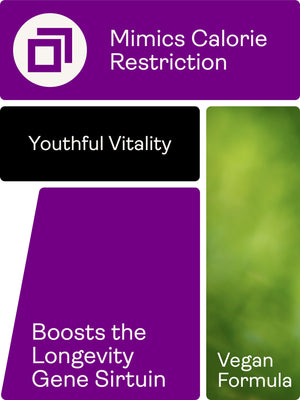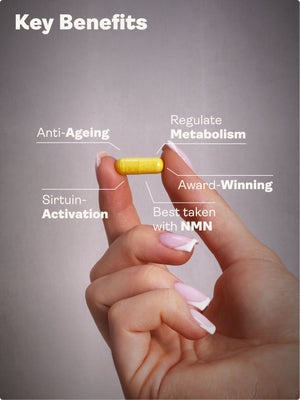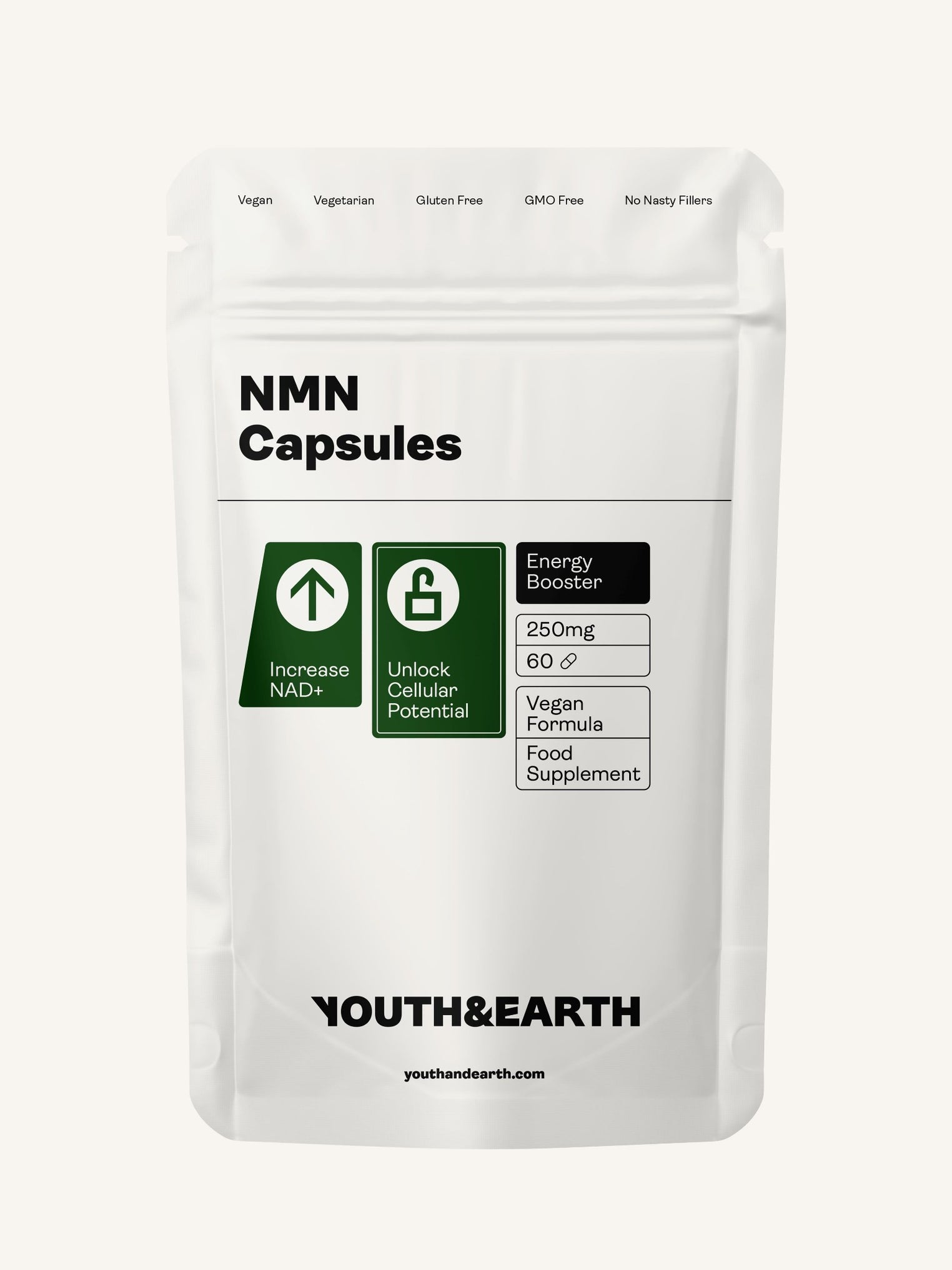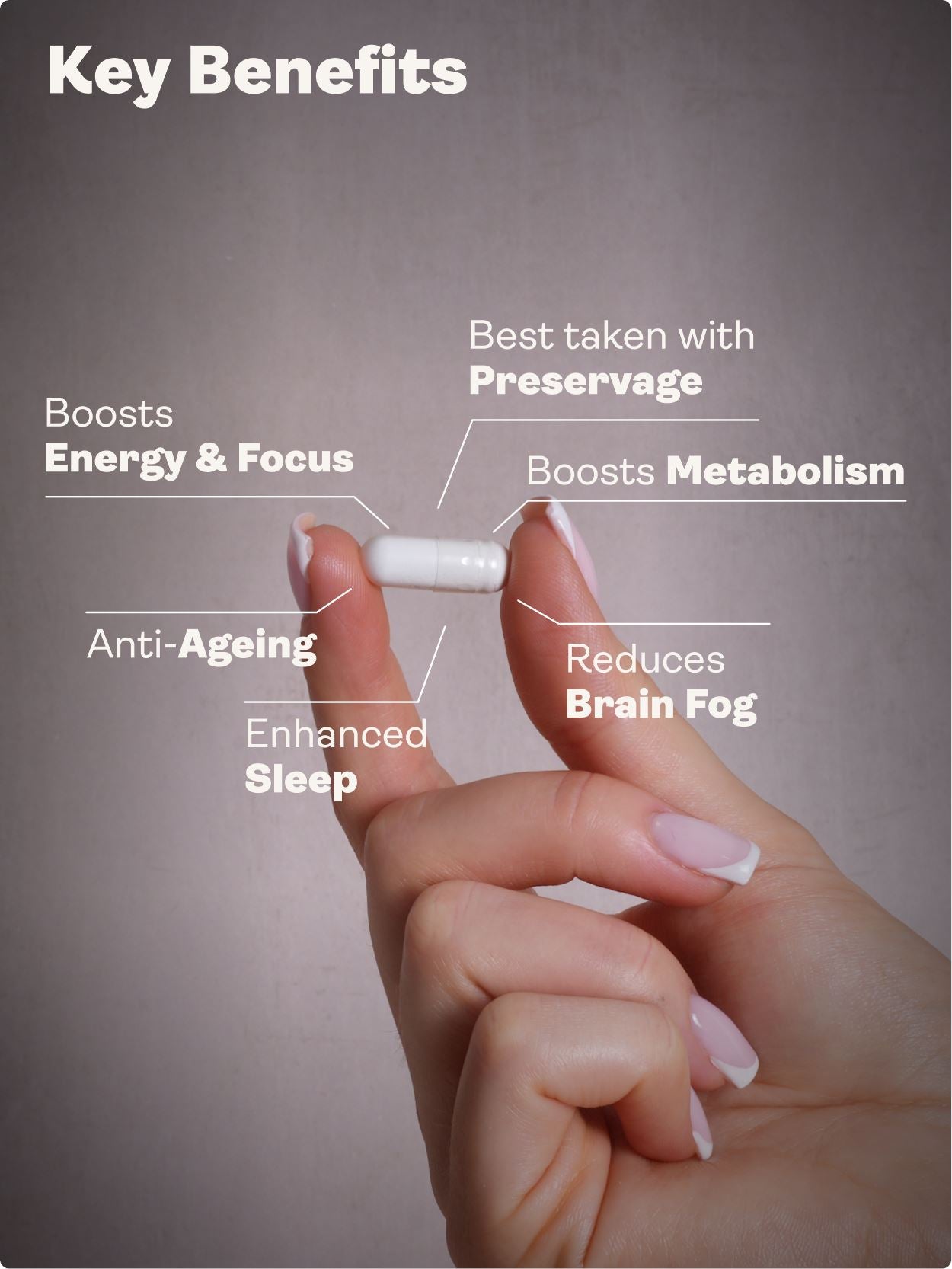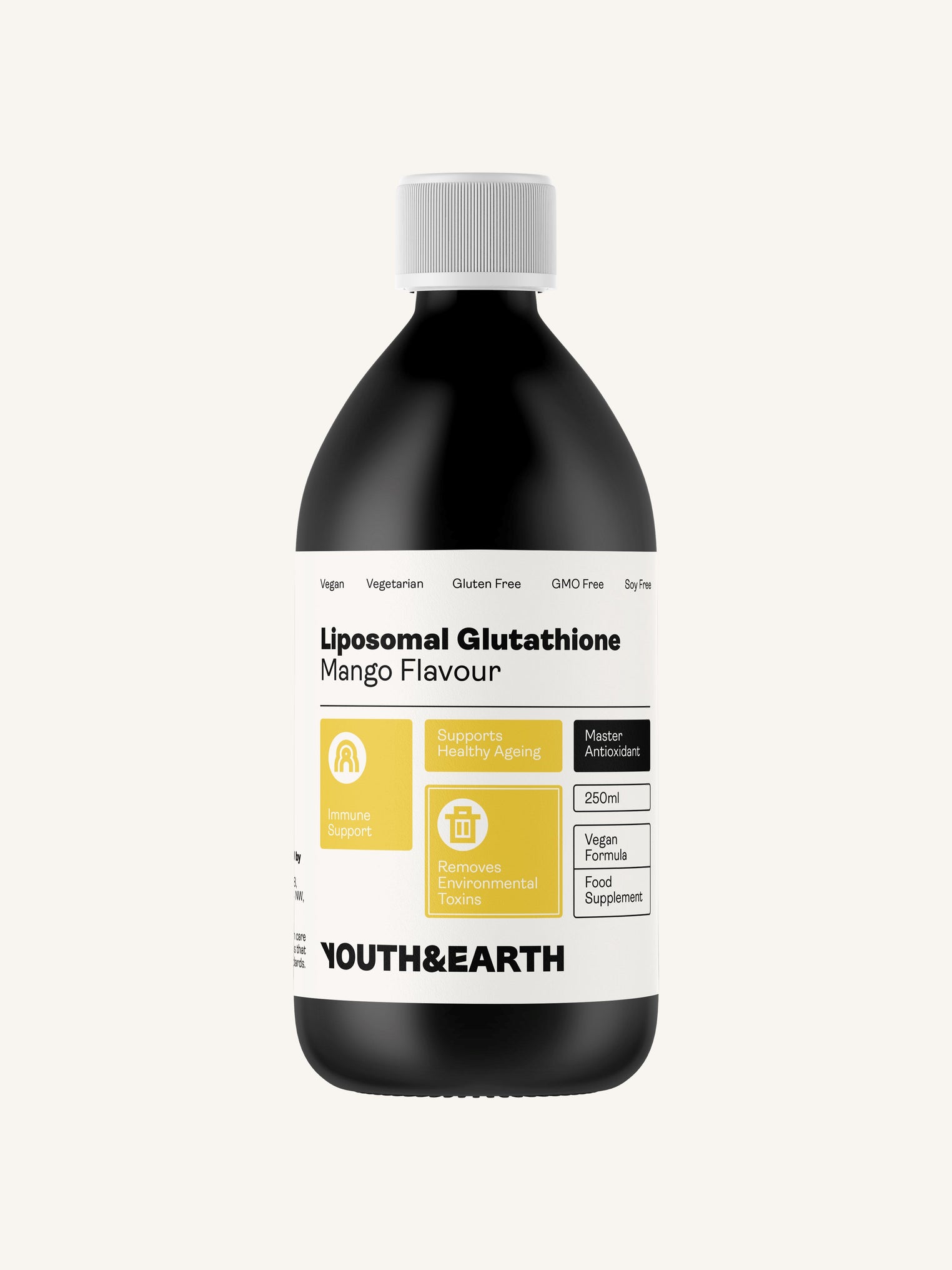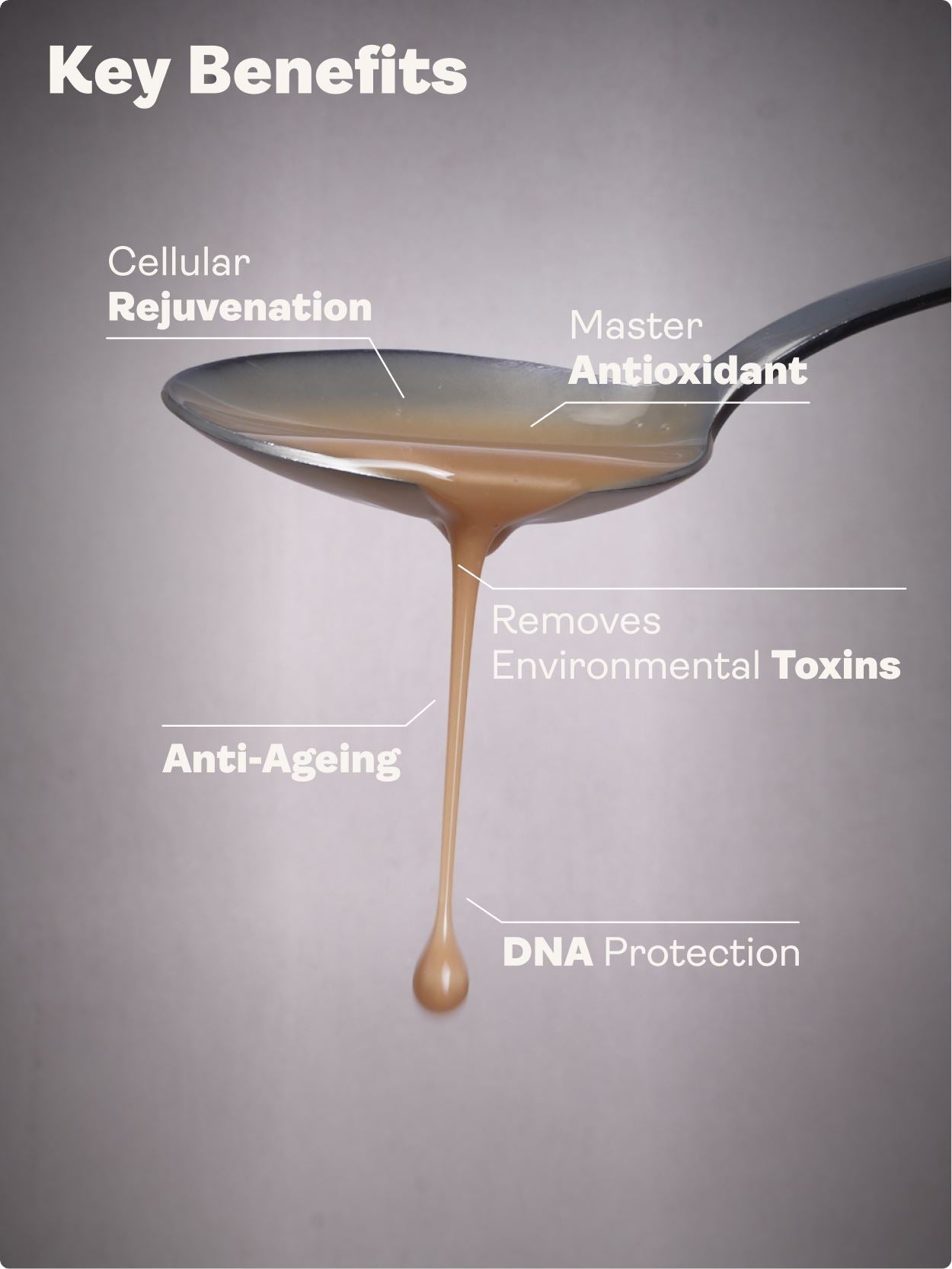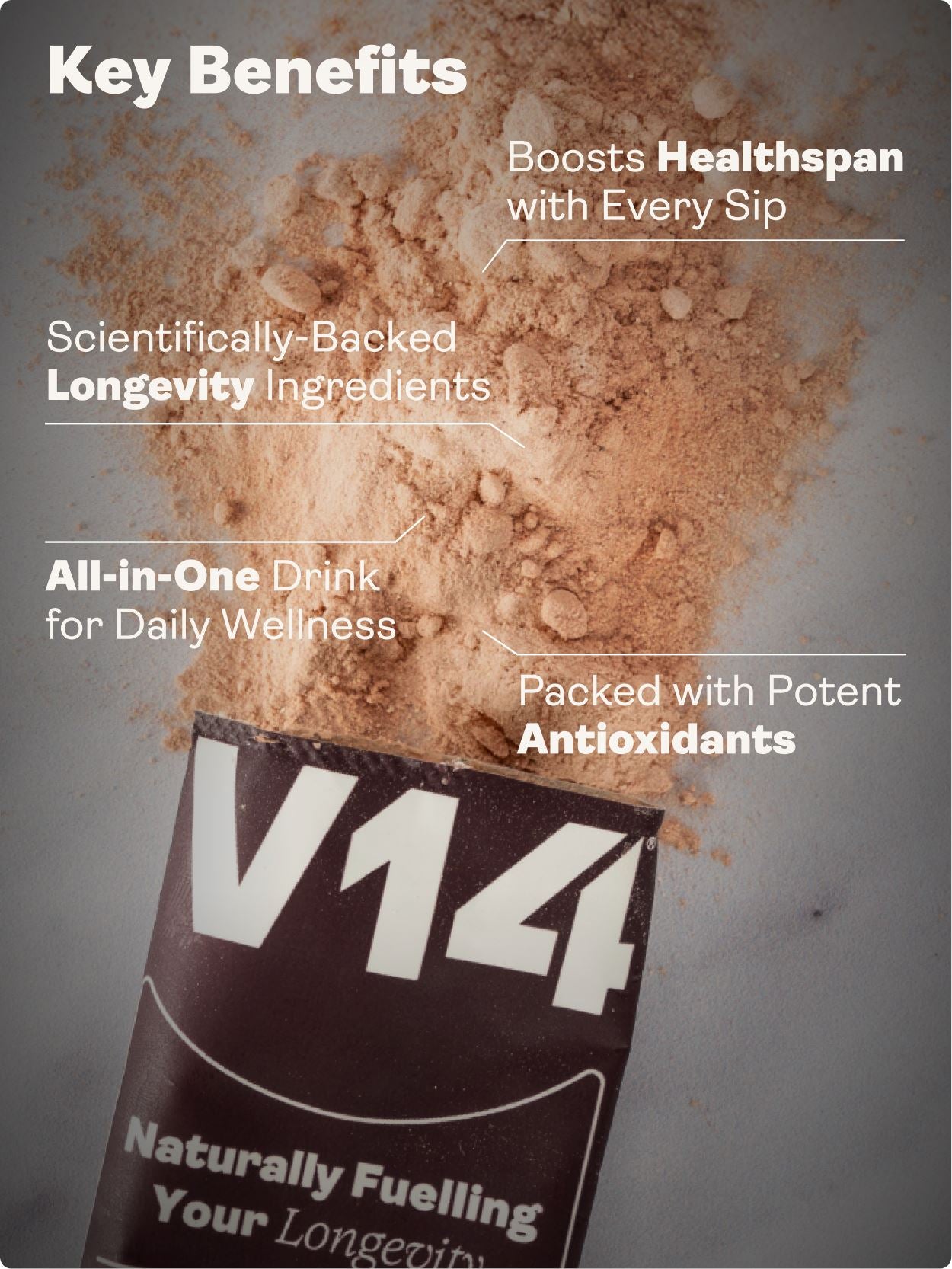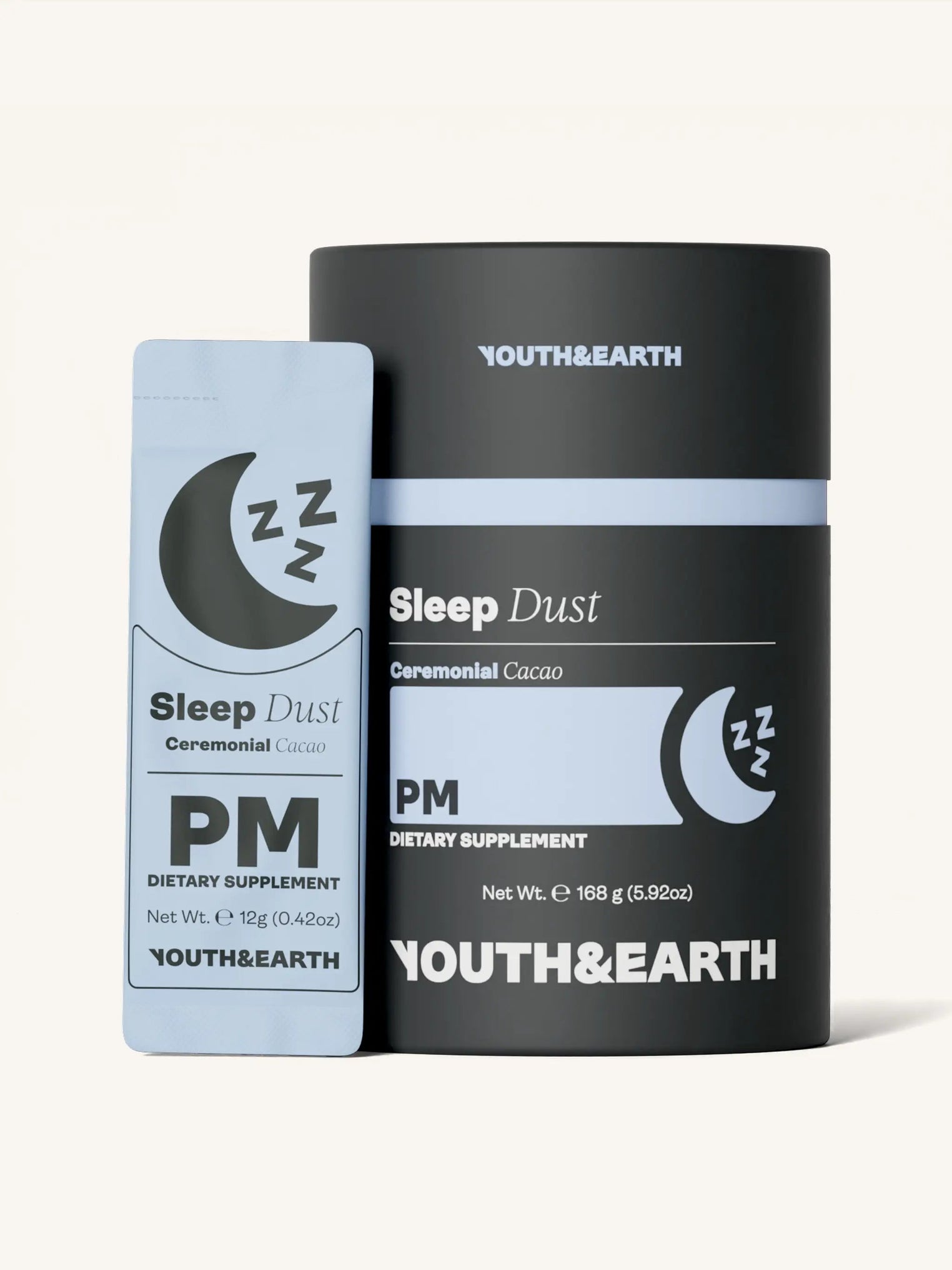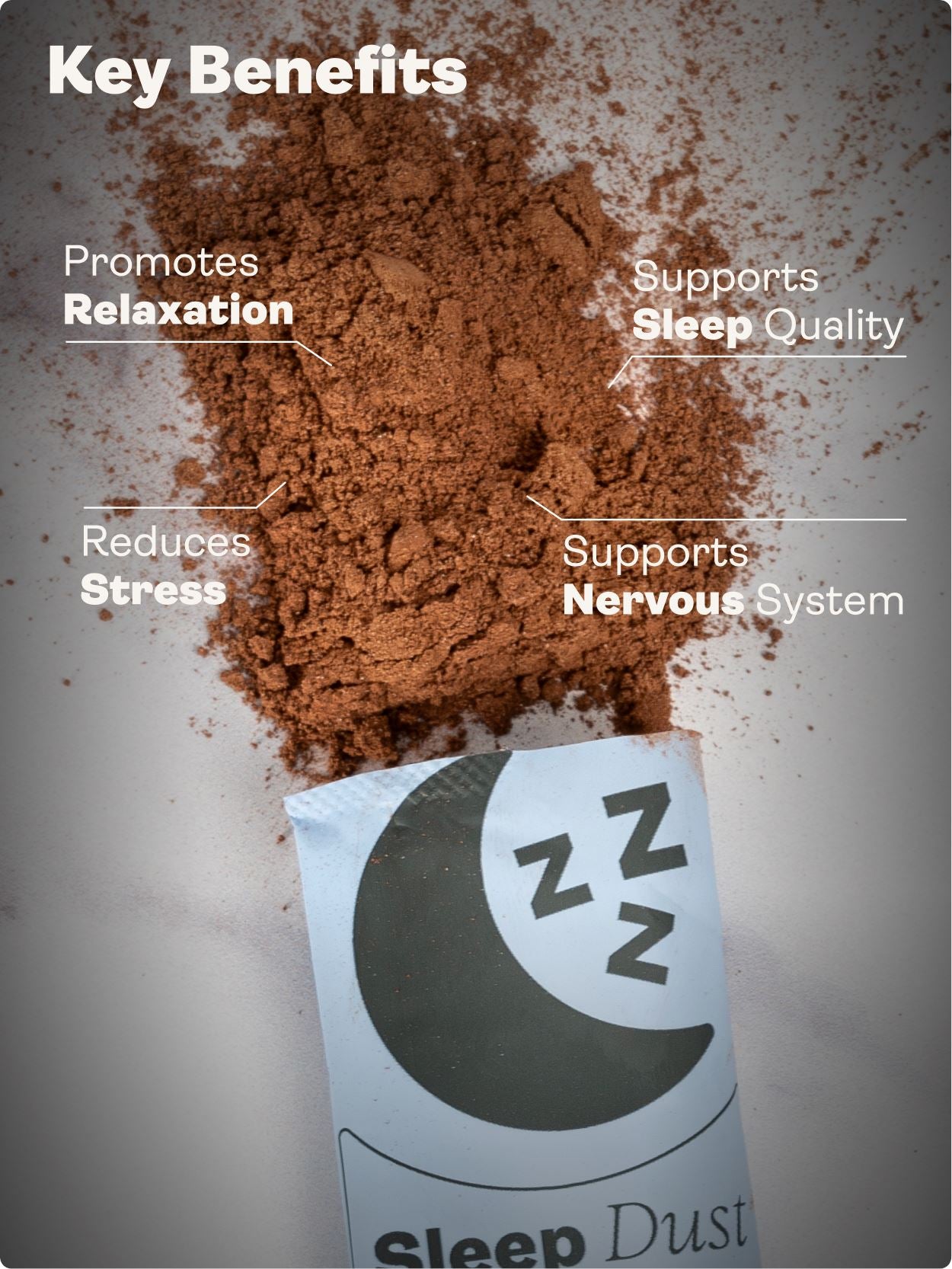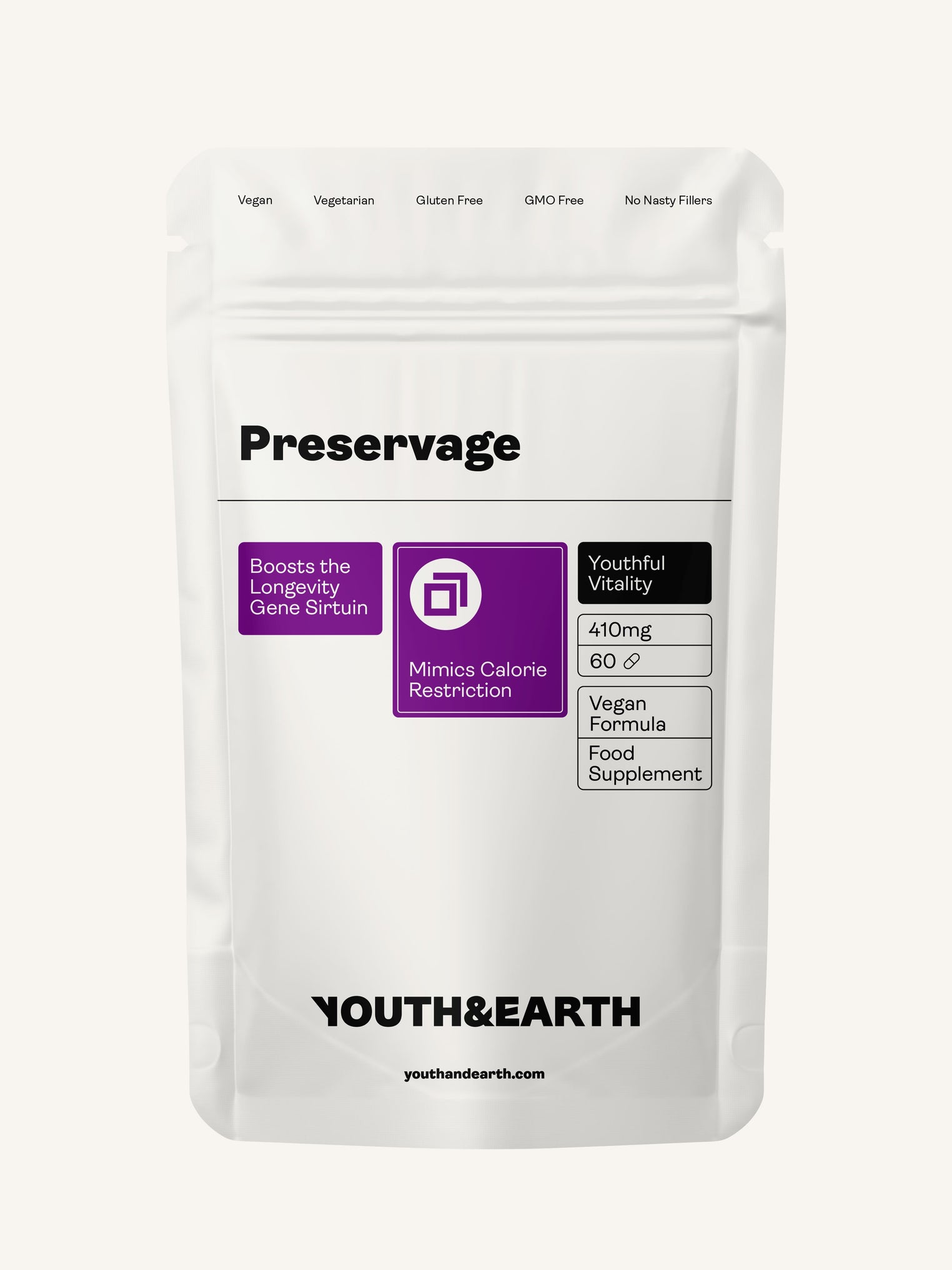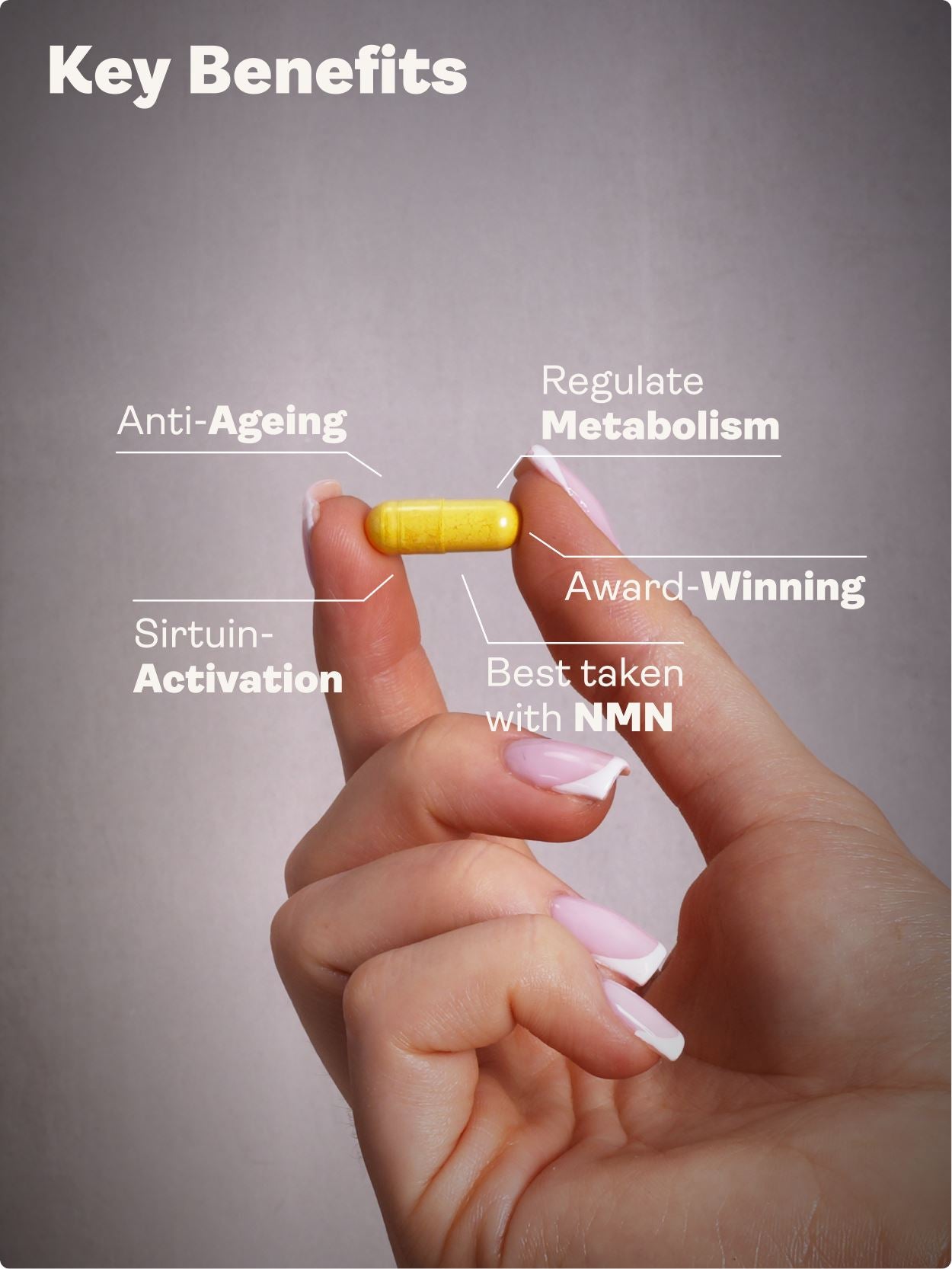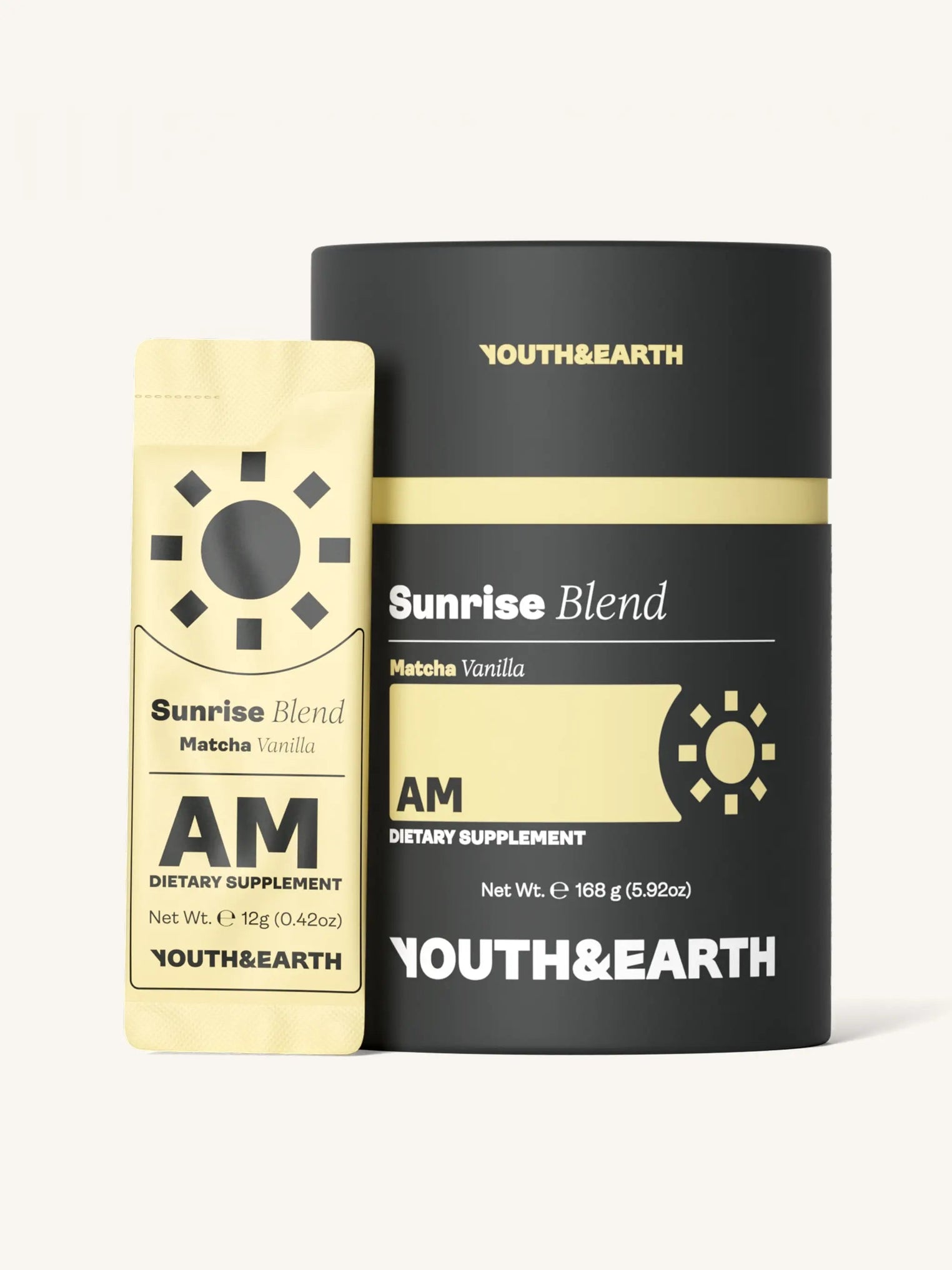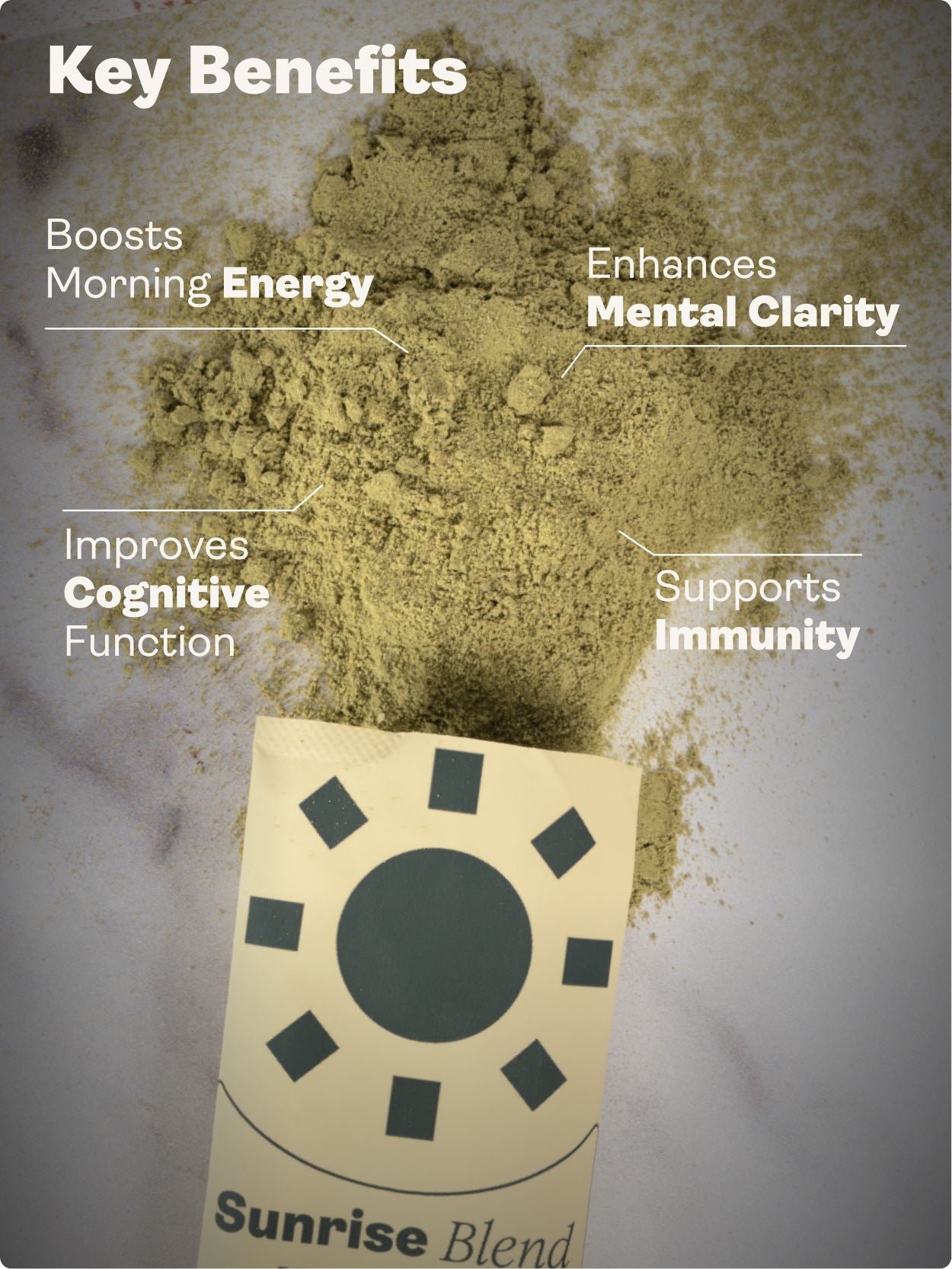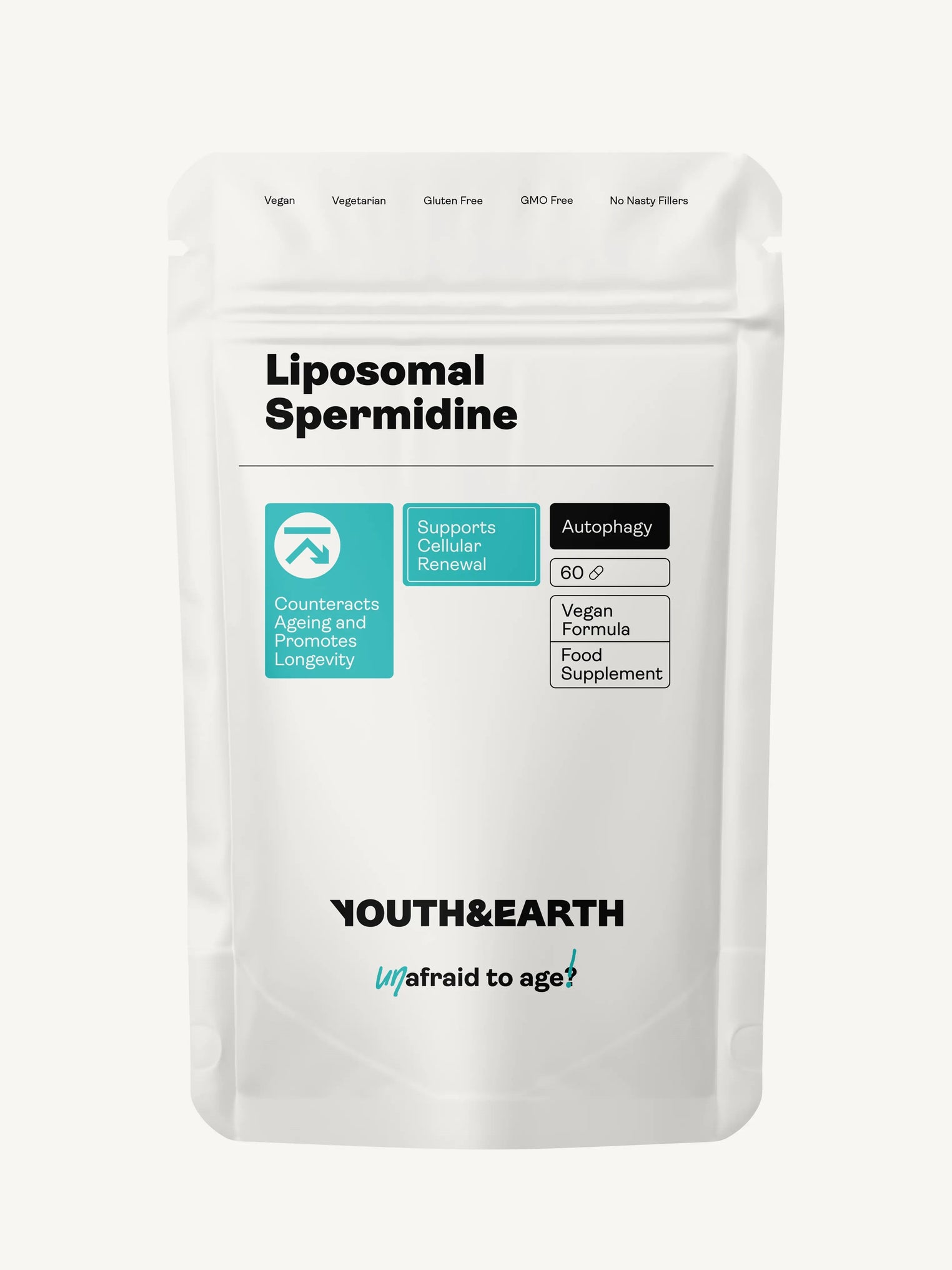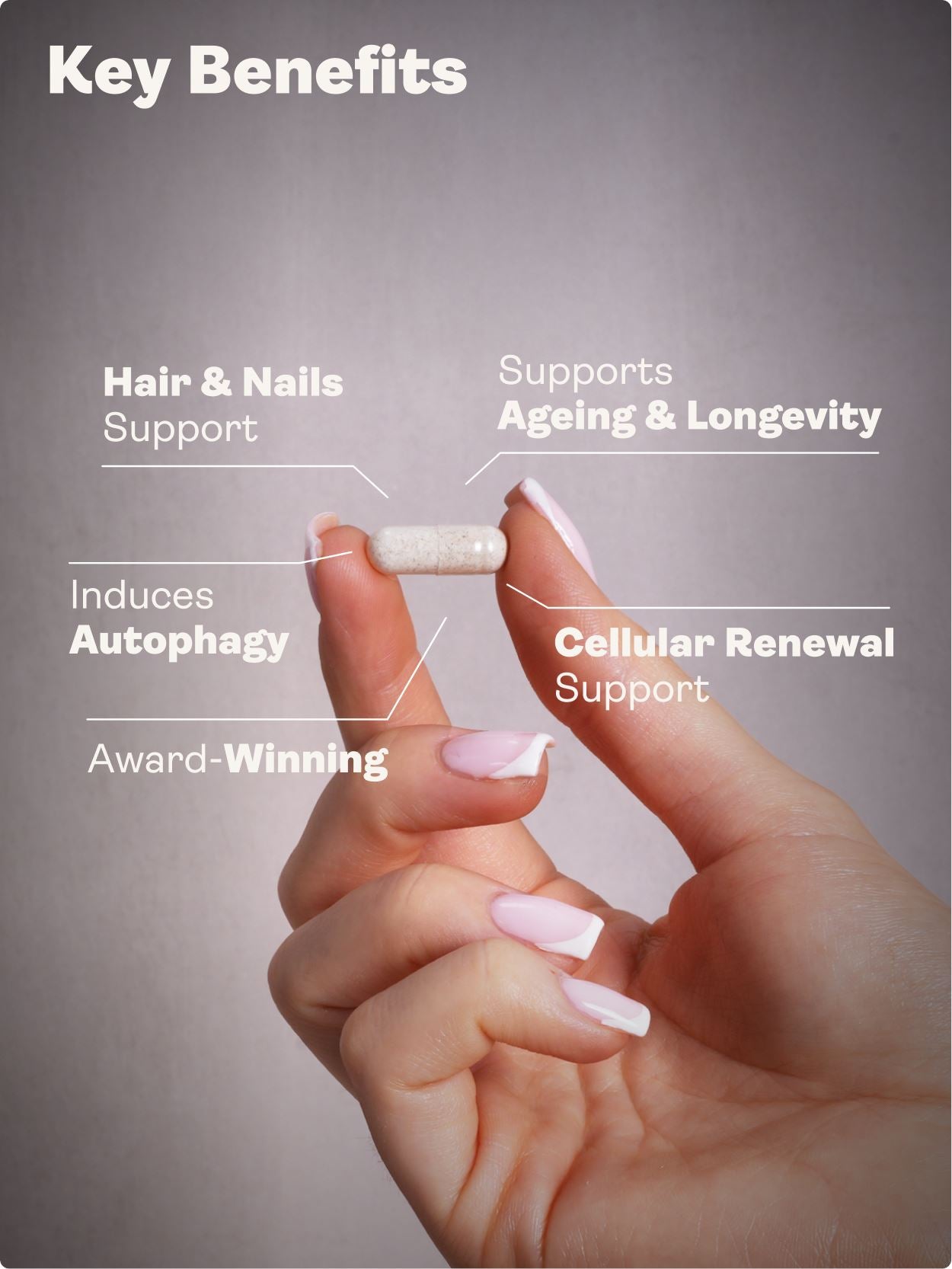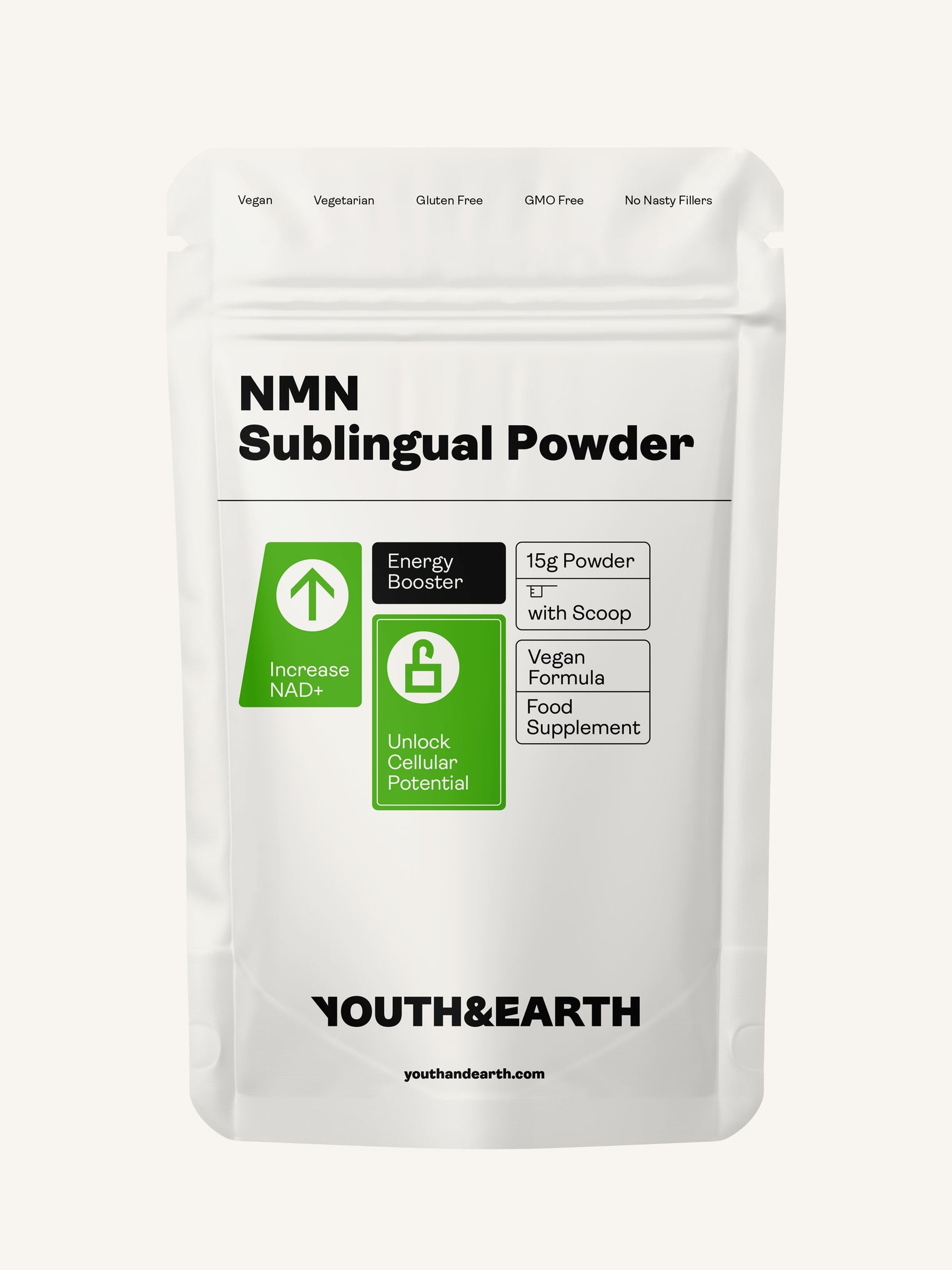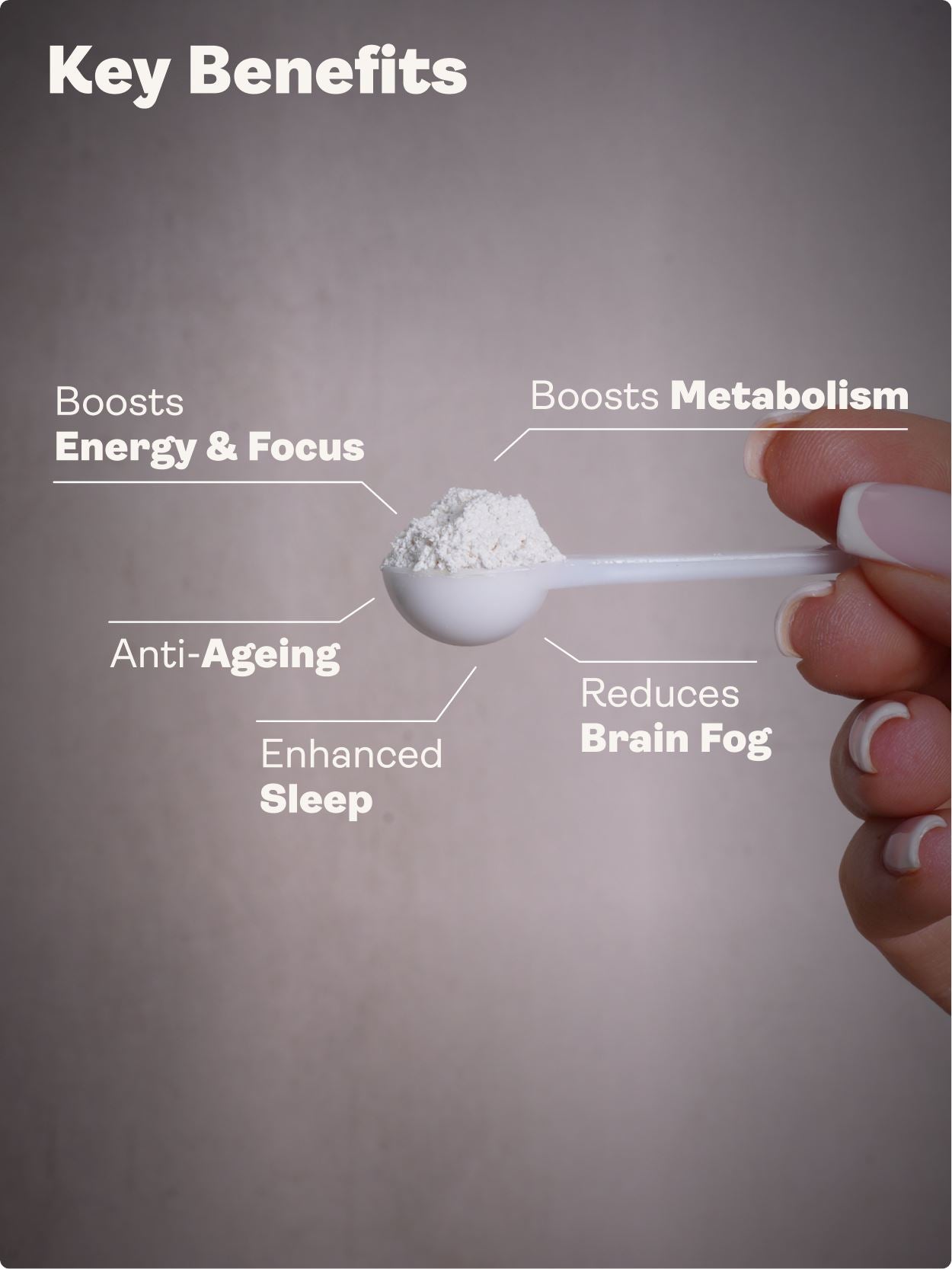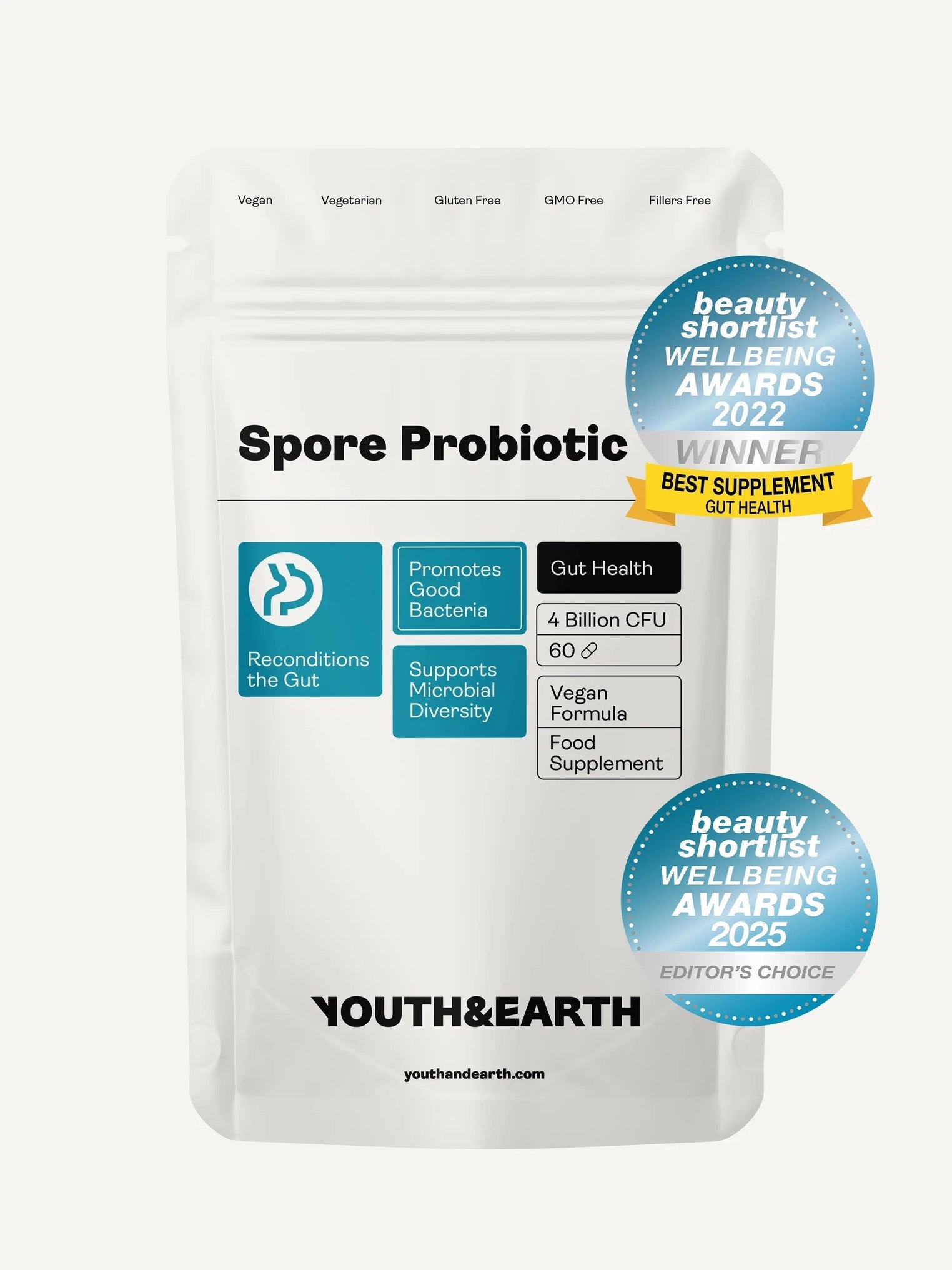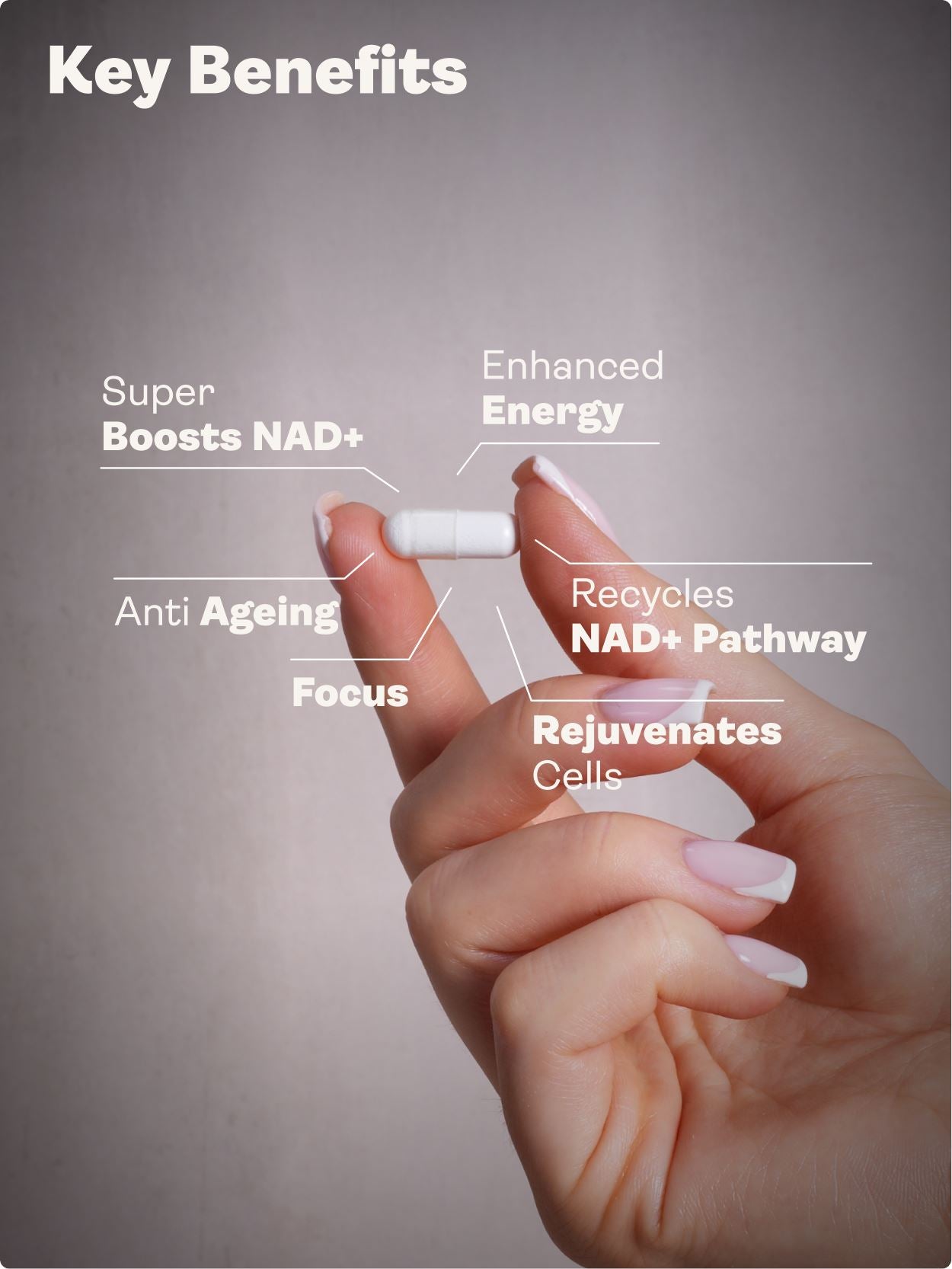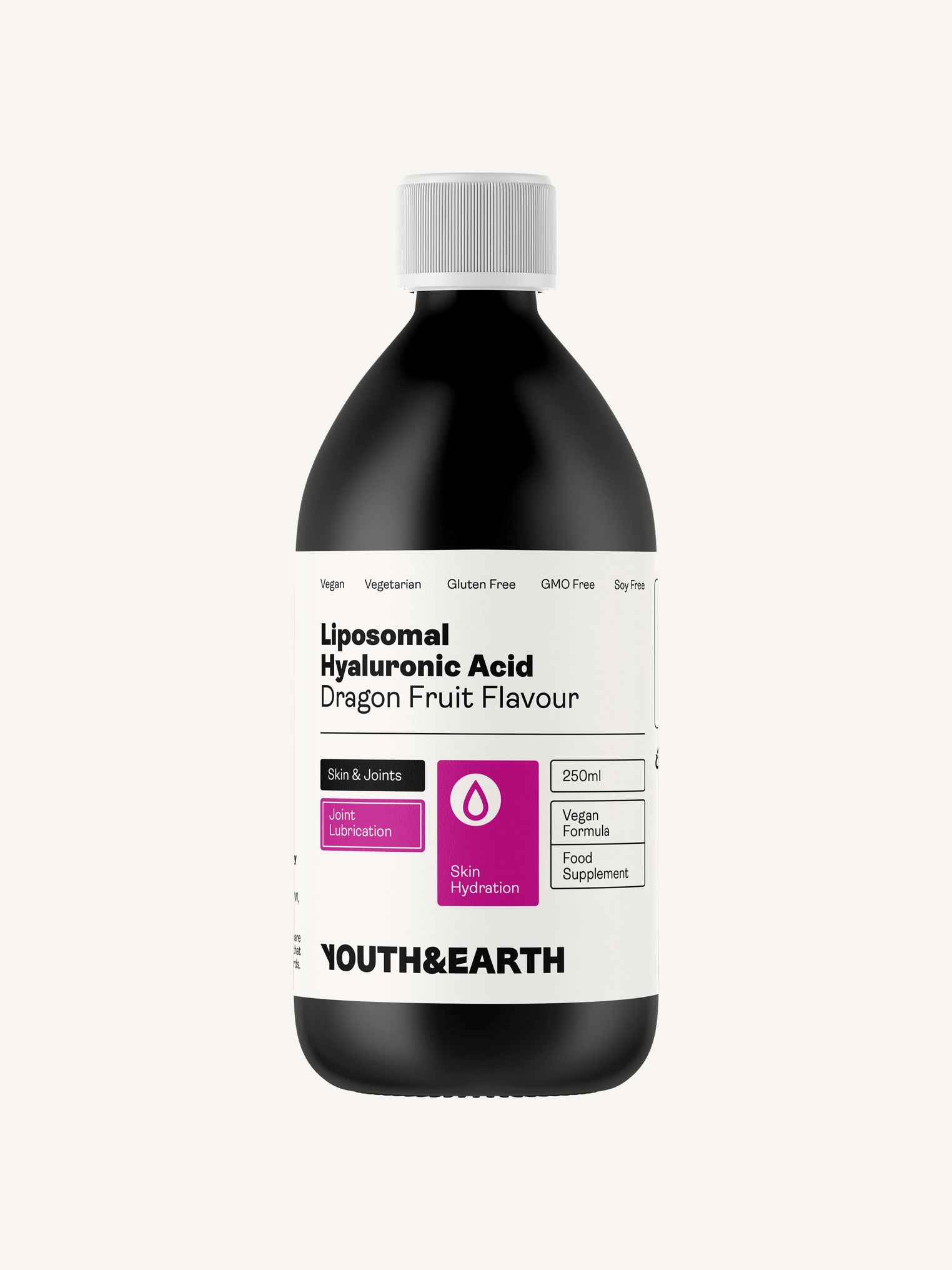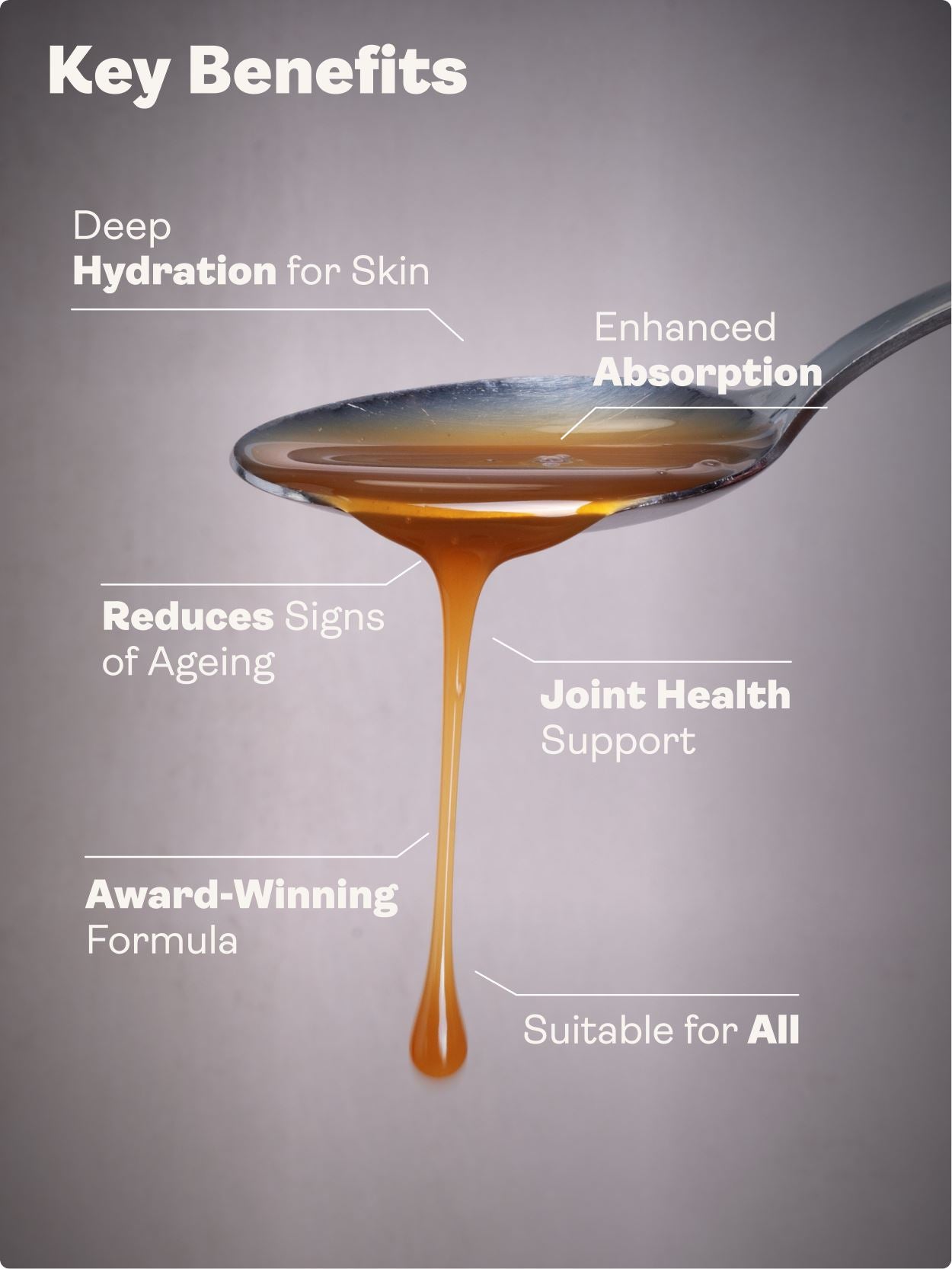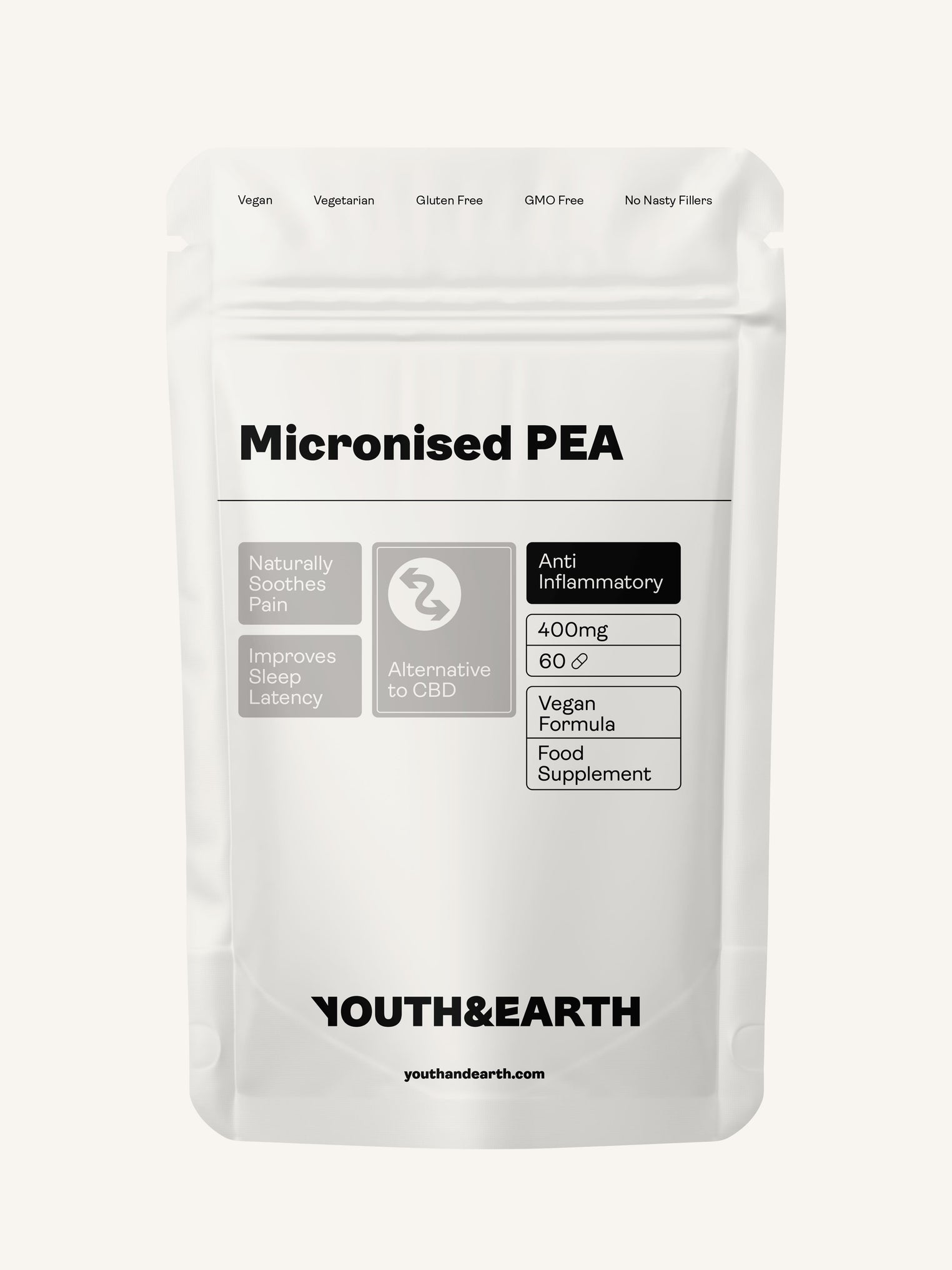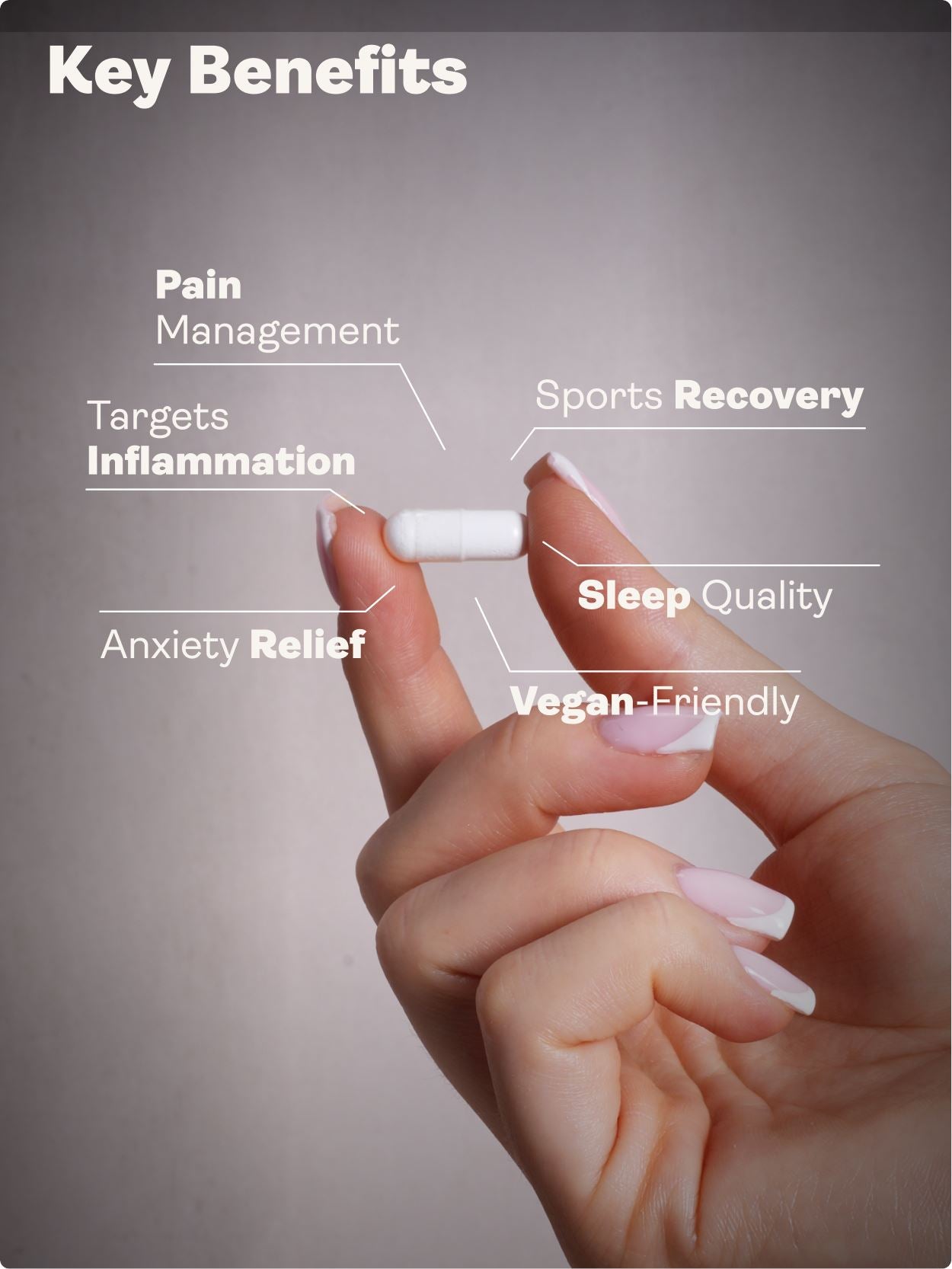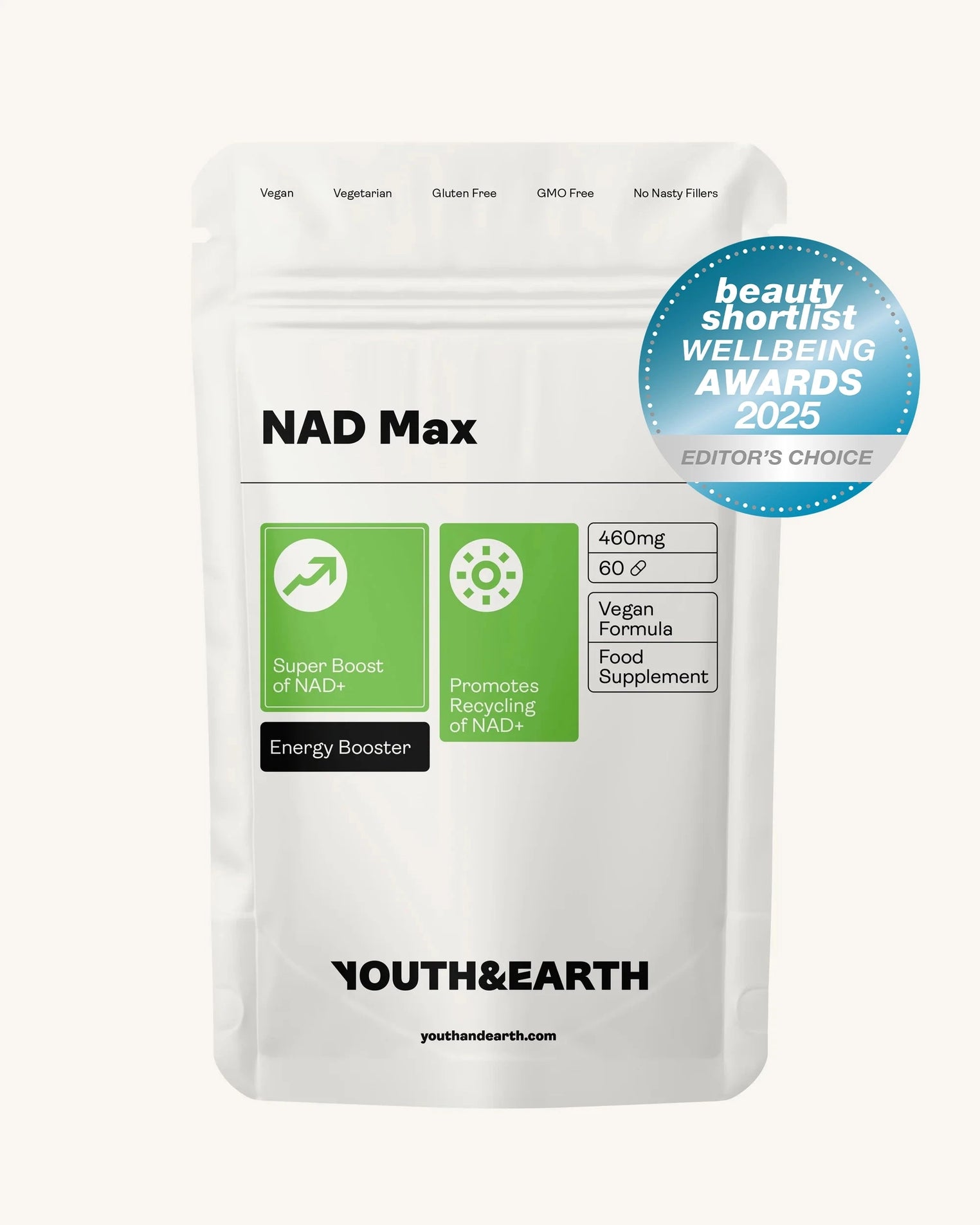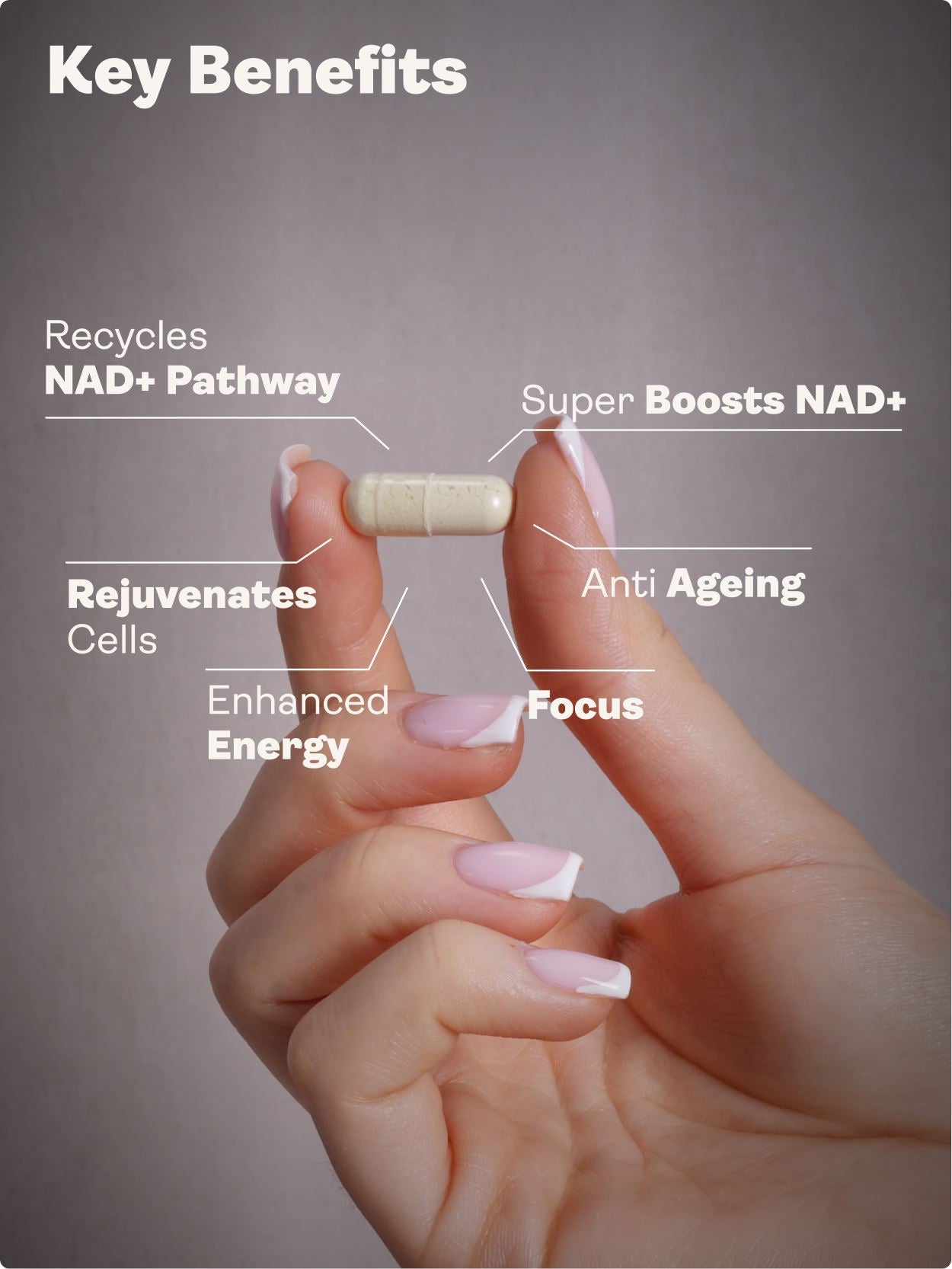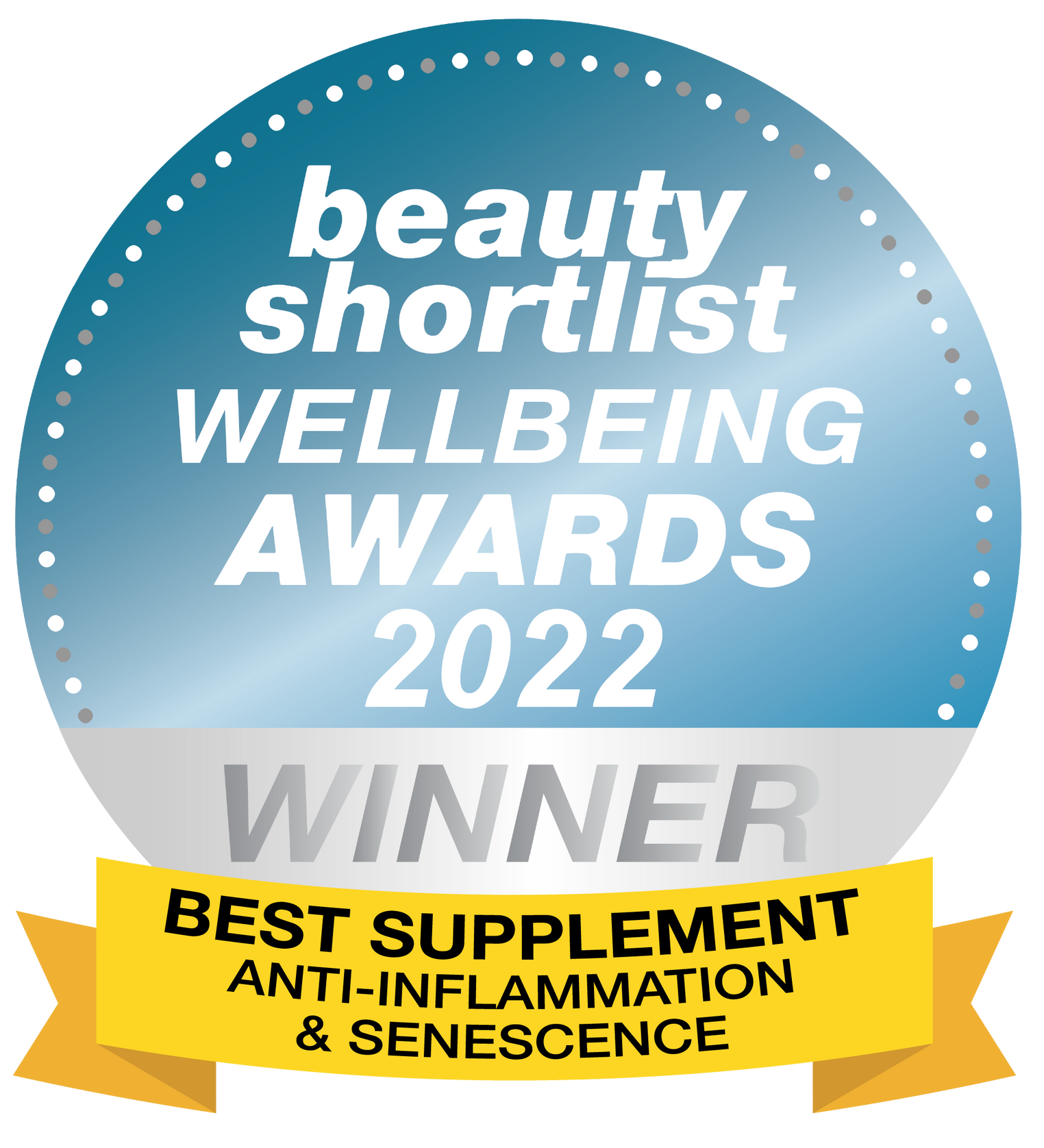One hallmark of ageing is the build-up of senescent “zombie” cells that stop working but refuse to die. Here’s how they accelerate ageing—and what you can do about them. Why do some cells stop dividing yet linger, driving inflammation and tissue decline?
If zombie cells accumulate with age, can lifestyle and targeted nutrients help your body clear them?
TL;DR
Cellular senescence creates “zombie cells” that no longer divide but secrete inflammatory signals (SASP), harming nearby tissues and accelerating ageing. Drivers include DNA damage, telomere shortening, mitochondrial stress, and disrupted nutrient signalling. Evidence-informed strategies focus on reducing formation, supporting the immune system, and selectively removing or calming senescent cells using senolytics (e.g., fisetin, quercetin) and senomorphics (compounds that reduce SASP). Practical tools: sleep, exercise, calorie/fasting strategies, polyphenol-rich foods, and targeted supplements such as PRESERVAGE (resveratrol, curcumin, quercetin) and liposomal glutathione for cellular defence.
Science Snapshot
- Definition: Cellular senescence = irreversible growth arrest + active secretory phenotype (SASP). It protects against cancer early but contributes to inflammation and tissue dysfunction when senescent cells accumulate.
- Drivers: DNA damage, oxidative stress, telomere erosion, mitochondrial dysfunction, chronic NF-κB signalling, dysregulated mTOR/AMPK/SIRT pathways.
- Downstream effects: SASP (cytokines, chemokines, proteases) spreads senescence to neighbouring cells, impairs stem-cell niches, elevates chronic inflammation.
- Interventions: Lifestyle (sleep, exercise, calorie restriction/fasting) + targeted compounds: senolytics (promote clearance) and senomorphics (reduce SASP). Fisetin and quercetin are leading natural candidates; curcumin, EGCG, and luteolin show senomorphic activity.
What Are “Zombie” (Senescent) Cells?
Senescent cells are damaged or aged cells that stop dividing and no longer perform their specialised functions. Instead of undergoing programmed cell death (apoptosis), they persist and secrete bioactive molecules (SASP) that can disrupt tissue repair, signal more cells into senescence, and fuel “inflammageing.”
Why Do Zombie Cells Accumulate with Age?
| Driver | What Happens | Longevity Pathway Link |
|---|---|---|
| DNA damage & oxidative stress | Damage triggers p53/p21 and p16 pathways → cell-cycle arrest | Antioxidant defences (e.g., glutathione) & SIRT support |
| Mitochondrial dysfunction | ROS elevation, lower ATP; pro-senescent signalling | AMPK activation, mitophagy, exercise |
| Disrupted nutrient sensing | Overactive mTOR suppresses autophagy/repair | mTOR balance; AMPK & SIRT activation |
| Immune surveillance decline | Fewer senescent cells cleared; SASP builds | Sleep, exercise, micronutrients, omega-3s |
| Telomere erosion | Each division shortens telomeres → senescence/apoptosis | See Telomeres |
Telomeres and the Hayflick Limit
Telomeres cap chromosome ends like shoelace tips. With each cell division, telomeres shorten; when too short, cells enter senescence or die. Adult somatic cells have little telomerase activity, so attrition accumulates with age—contributing to the rising burden of senescent cells.
SASP: Why Senescent Cells Spread Trouble
The senescence-associated secretory phenotype (SASP) includes cytokines, chemokines, growth factors, and proteases. SASP can:
- Promote chronic, low-grade inflammation (inflammageing)
- Impair tissue repair and stem-cell niches
- Induce secondary senescence in nearby healthy cells
Early in life, senescence helps prevent cancer by halting damaged cells. Later, the unresolved build-up becomes maladaptive—hence the interest in senolytics (to remove) and senomorphics (to calm SASP).
Strategies: Reduce, Remove, or Reprogram
Three complementary goals
- Reduce formation: Manage oxidative stress (sleep, nutrition, liposomal glutathione), activate AMPK/SIRT (exercise, calorie restriction patterns).
- Remove selectively: Senolytics encourage the clearance of senescent cells (evidence strongest for fisetin/quercetin in preclinical models).
- Reprogram SASP: Senomorphics down-regulate inflammatory signalling (e.g., curcumin, EGCG, luteolin).
PRESERVAGE (Youth & Earth) contains trans-resveratrol, curcumin, quercetin, and Bioperine—formulated to support sirtuins and help keep senescence signalling in check alongside lifestyle habits.
Natural Senolytics & Senomorphics (Comparison Table)
The compounds below have preclinical and/or early human evidence as senolytics (removers) or senomorphics (SASP modulators). Use is best guided by a healthcare professional.
| Compound | Type | Proposed Mechanism/Pathways | Natural Food Sources | Notes |
|---|---|---|---|---|
| Fisetin | Senolytic | Targets pro-survival pathways in senescent cells; may inhibit NF-κB & mTOR signalling | Strawberries, apples, persimmons, onions, cucumbers | Preclinical data suggest broad senolytic action; human studies ongoing |
| Quercetin | Senolytic (milder); Senomorphic | AMPK activation; SASP modulation; antioxidant effects | Onions, apples, berries, capers, green tea | Included in PRESERVAGE; often paired with resveratrol |
| Curcumin | Senomorphic | NF-κB down-regulation; antioxidant & autophagy support | Turmeric | Bioavailability enhanced with piperine (Bioperine) as in PRESERVAGE |
| EGCG | Senomorphic | Reduces SASP; antioxidant; may influence AMPK | Green tea | May complement fasting/exercise strategies |
| Luteolin | Senomorphic | Anti-inflammatory signalling moderation; antioxidant | Celery, parsley, thyme, green peppers | Often combined with other polyphenols |
| Apigenin | Senomorphic | SASP modulation; potential NRF2/antioxidant pathway support | Chamomile, parsley, celery | Calming botanical; overlaps with sleep support |
| Piperlongumine | Senolytic (experimental) | Targets stress-response pathways elevated in senescent cells | Long pepper (Piper longum) | Primarily preclinical evidence |
| Resveratrol | Senomorphic | SIRT activation; mitochondrial and inflammatory signalling balance | Grapes, red wine (low amounts), berries | In PRESERVAGE with curcumin + quercetin + Bioperine |
Food Sources of Key Polyphenols
| Polyphenol | Rich Foods | Practical Tip |
|---|---|---|
| Fisetin | Strawberries, apples, persimmons, onions, cucumbers | Add a daily bowl of berries; rotate apples and cucumber salads |
| Quercetin | Onions, apples, capers, kale | Use onions as a base in soups/stews; snack on apples |
| Curcumin | Turmeric (with black pepper) | Cook with turmeric + pepper; consider bioavailable formulas |
| EGCG | Green tea | Brew 2–3 cups/day if tolerated |
| Luteolin & Apigenin | Celery, parsley, chamomile, thyme | Include fresh herbs; consider chamomile tea in the evening |
Note: Food is foundational, but whole-food intakes often deliver modest polyphenol amounts. Thoughtful supplementation can help achieve research-informed levels. Follow product directions and consult your clinician.
To support cellular defence against oxidative stress, Youth & Earth’s liposomal glutathione is designed for high absorption. For SIRT and SASP support, PRESERVAGE combines trans-resveratrol, curcumin, quercetin, and Bioperine.
Conclusion & Longevity Checklist
Zombie cells arise as a protective response but become harmful when they accumulate and broadcast SASP. A pragmatic anti-ageing plan reduces formation, supports immune clearance, and uses senolytics/senomorphics judiciously—alongside sleep, exercise, and nutrient-dense food.
- Prioritise sleep, movement, protein, and colourful plants.
- Use fasting or calorie-restriction patterns (clinician-guided) to support AMPK/autophagy.
- Add green tea, turmeric + pepper, onions, and berries routinely.
- Consider targeted support: PRESERVAGE for SIRT/SASP balance; liposomal glutathione for cellular defence.
- Review medications/conditions with your healthcare professional before adding senolytics.
FAQs
What exactly are “zombie cells”?
They are senescent cells: damaged or aged cells that stop dividing but resist death. They secrete inflammatory molecules (SASP) that can impair nearby cells and tissues.
Are natural senolytics safe?
Most discussed compounds are dietary polyphenols with favourable safety profiles in foods. Supplemental use should be individualised—dose, form, and interactions matter. Consult your clinician, especially if you take medication or have chronic conditions.
Can fasting help reduce senescent cells?
Fasting and calorie-restriction patterns can activate AMPK, support autophagy, and improve metabolic signalling—factors that may reduce the formation of senescent cells and support cellular clean-up. Use medical guidance.
How long until I notice benefits?
Improvements (energy, recovery, skin, joint comfort) are typically gradual over weeks to months and depend on consistency with lifestyle plus appropriate supplementation.
What’s the difference between senolytics and senomorphics?
Senolytics aim to remove senescent cells; senomorphics reduce their SASP and inflammatory impact without necessarily killing the cells.
Glossary
Cellular senescence: Irreversible growth arrest with active secretory phenotype (SASP).
SASP: Senescence-associated secretory phenotype—pro-inflammatory factors released by senescent cells.
Senolytic: Compound that promotes selective removal of senescent cells.
Senomorphic: Compound that reduces SASP/inflammatory signalling from senescent cells.
Telomere: Protective DNA-protein structure at chromosome ends that shortens with cell divisions.
Medical Disclaimer
This content is for informational purposes only and is not a substitute for professional medical advice, diagnosis, or treatment. Always seek the advice of your physician or qualified health provider before starting any new supplement, fasting protocol, or exercise programme.


